Best Oil for Under-eye Circles
Our skin is a beautiful, complex, tightly woven barrier that works hard to protect our bodies from the elements, keep our internal organs safe, excrete toxins, assist in temperature control, and supply us with the perception of touch. From the inside, it is decorated with nerve endings, sweat glands, sebum glands, blood vessels, and lymphatics. It is not only the largest organ in our body, but it is also the first to explore any aspect of our daily life. (1)
The skin stretches and expands, snapping back almost immediately to its original place as our daily activities require it to do so. From ultraviolet rays to smoke, heat stress, abrasion, chemical stress, and much more, our skin is a champion at protecting us and maintaining its own integrity. (2)
Over some time, however, it appears that the skin we take for granted changes, and we attribute those changes to age. We notice fine lines, then deep wrinkles, and even sagging, with areas of discolouration. We attribute those changes to the natural process of aging and either accept them or resort to harsh ways of manipulating our skin cosmetically to make it fit the ever-changing standard of beauty.
Through our life-long journey with our protective barrier, it never occurs to us that we may be unknowingly being unkind or harsh towards it. In reality, our daily habits, choice of topical products, environmental exposure, and even our dietary habits could play a huge role in encouraging the aging process. (3)
Blog Contents
Can Aging Be Prevented?
The aging of the skin is a complex process that can be simplified into two rough pathways. There is an intrinsic and an extrinsic pathway to aging. The good news is that both of those pathways can be slowed with the introduction of simple health-promoting natural constituents. (4)
While internal use of healthy plant constituents like polyphenols is a vast area of study that explores the connection between internal health, cell senility, and internal tissue healing, this article focuses on the application of simple, minimal natural topical ingredients to enhance the health of the skin, delay aging, and promote skin repair. (5)
How Does Our Skin Age?
The epidermis is the outermost layer of skin, and it is composed of dead tissue. It is considered a protective layer, but as we age, it gradually erodes over time. The erosion of the epidermis causes changes to the skin, including the formation of wrinkles. On the other hand, when ageing occurs, the dermis, the deepest layer of the skin, shows signs of both cell death and shrinkage. With this combination of changes, the skin loses its full appearance and, over time, demonstrates a visible loss in resilience. As the tissue in the dermis decreases, its structural support, the epidermis develops deeper wrinkles. When investigating the root cause of those changes, extensive experimental evidence supports the cumulative oxidative damage theory as a key element in the aging process. (1,4,5,6)
Intrinsic Aging
The intrinsic ageing process of the skin entails a steady decline in tissue function. This means that the tissue is less effective at performing its daily functions. When intrinsic aging starts, it starts by sparing the outer layer of the skin. The thinning of the epidermis and dermis becomes noticeable due to internal changes, not external changes. Along with the thinning of the layers of the skin, the connections between the cells and the skin layers flatten. There is a steady loss of elastic tissue, a decrease in skin collagen content, and the appearance of collagen fibres that are considerably more disorganized. (4,7)
Extrinsic Aging
Extrinsic ageing is caused mostly by UV radiation light exposure. It is estimated that sun exposure is responsible for over 80% of facial ageing. Photodamaged skin exhibits elasticity loss, increased dryness, and deep wrinkles. There are also some changes to the skin tone and a much larger amount of oxidative stress that the skin must deal with upon prolonged exposure to UV radiation. (8,9)
The changes in the texture of the skin, including fine lines and deep wrinkles, are caused by changes in the content of three major components of the skin:
- Collagen fibres
- Elastic network
- Glycosaminoglycans
Collagen accounts for about 80% of the dry weight of skin and provides the dermis with the strength and resilience it needs as a barrier. The extracellular matrix accounts for 22% of the elastic fibre network. This network provides elasticity and thus functions to protect the skin upon sun exposure. Finally, the proteoglycan/glycosaminoglycan is the gel-like layer that can maintain the balance of the skin by providing internal moisture. This layer is not only important for maintaining a supple appearance but is also required for healthy cell signalling. (10)
Skin fibroblast cells absorb UV radiation and form reactive oxygen species (ROS), which cause "oxidative damage" to cellular organelles such as lipid membranes, mitochondria, and genetic materials. Those hard-working cells make up about 0.3% of the dry weight of the skin. Their job is highly critical as reactive oxygen species (ROS) also promote the development of the enzymes hyaluronidase and elastase. Both enzymes are responsible for the gradual breakdown of hyaluronic acid, elastin, elastic fibres, and collagen tissue. (9,10, 11) Collagen, elastin, and elastic fibres are necessary for muscle, tendon, and joint strength. Breakdown and disproportions in these important tissues cause skin relaxation and, ultimately, wrinkles.
As noted, the breakdown of the structural components of the skin is an important factor in skin aging. Other physiological structures are also important to consider. Metalloproteins, for example, are a family of ubiquitous endopeptidases that play a role in a variety of physiological and pathological processes in the skin. They are also implicated in the extrinsic ageing of the skin. (13)
What Causes Under Eye Circles
There are many factors that can contribute to the appearance of dark circles and wrinkles around the eyes. The area around the eyes is an area of naturally more sensitive skin. The skin in this area is naturally thinner and more delicate than elsewhere on the face, making it more susceptible to damage. Additionally, the eyes are constantly moving, which can lead to the formation of fine lines and wrinkles. (14)
Eye fatigue can also contribute to dark circles, as blood vessels in this area dilate and cause darkening of the skin. Free radicals generated by exposure to sunlight can also cause damage to the skin around the eyes, leading to the formation of wrinkles and fine lines. Fortunately, there are many products available that can help to reduce the appearance of dark circles and wrinkles. (15)
These products typically contain ingredients that help to increase collagen production, improve skin elasticity, and reduce inflammation. In addition, using daily sunscreen can help to protect the delicate skin around the eyes from further damage.
Plant Active Constituents
Polyphenols are compounds that are found naturally in plants. They are responsible for the colour, flavour, and overall health benefits of fruits and vegetables. Polyphenols have been shown to promote overall health by reducing inflammation and protecting against cell damage. While they are most commonly found in fruits and vegetables, polyphenols are also found in tea, red wine, plant oils and dark chocolate. As a result, including these foods in your diet can help to promote overall health. Some polyphenols are also available in supplement form, though it is important to speak with a healthcare provider before taking any supplements. (16)
Why Should Polyphenols Be Utilized Topically?
As discussed, polyphenols are a type of antioxidant found in many plant-based foods. Some studies have suggested that polyphenols may help to protect the skin from damage caused by ultraviolet (UV) radiation. However, some argue that it is not clear whether polyphenols can penetrate the skin to reach the underlying cells where they could potentially offer these protective effects. (17)
Polyphenols in Green Tea
Over the last few years, green tea has also gained popularity as a topical solution due to its high concentration of polyphenols that give it antioxidant properties. The consumption of plant ingredients high in polyphenols is verified by science to have powerful antioxidant and anti-inflammatory health-supporting properties (18). The case for internal use has been verified by science, but what about topical use?
When applied to the skin, green tea polyphenols can help to protect against environmental damage, reduce inflammation, and promote healthy skin cell turnover. In addition, green tea polyphenols have been shown to inhibit the growth of certain types of bacteria, making them an effective treatment for acne. When used regularly, green tea polyphenols can help to improve the overall health and appearance of the skin. (19)
In a recent study, however, scientists applied a solution containing green tea polyphenols to human skin samples and found that the polyphenols were able to penetrate into the deeper layers of the skin. This suggests that polyphenols may be able to offer some protection against UV-induced skin damage (20, 21). Many polyphenols are naturally found in high-quality carrier oils. Some of the best high polyphenol plant oils include olive oil, black seed oil, argan oil, and sea buckthorn oil.
Epigallocatechin gallate is a type of catechin, which is a plant-derived compound found in green tea. Green tea and its extracts have been traditionally used for various purposes, including weight loss and unwanted growth prevention. Recently, Epigallocatechin has also been studied for its potential topical use in skin care products. (22)
One study showed that an EGCG-containing cream was effective in reducing wrinkles and improving skin elasticity. Another study found that a topical formulation of Epigallocatechin could help to protect the skin from damage caused by ultraviolet (UV) radiation. These preliminary findings suggest that catechins may have the potential as topical agents for skin care purposes. (23)
The Benefits Of Topical Plant Constituents
Most polyphenols are considered pigments that can absorb UV light. These pigments are often yellow, red, or purple. Therefore, when applied topically, they may prevent radiation from penetrating the skin. Polyphenols may absorb the whole UVB range of wavelengths as well as portions of the UVC and UVA spectra. Consequently, polyphenols may enhance the protectiveness of sunscreen. This protective feature of polyphenols may diminish UV radiation's inflammatory, oxidative, and DNA-damaging effects on the skin. (24)
Polyphenols possess skin-protective properties in addition to their pigmentary action. Inhibiting specific enzymes, such as collagenase, hyaluronidase, and matrix metalloproteinase stops the catalytic breakdown of collagen, elastic fibre, elastin, and hyaluronic acid, which are necessary for preserving the skin's natural texture (25). This means that polyphenols are not only great as potential protective agents for the skin, but they may also promote skin vascular health, resulting in a significant reduction in the appearance of dark circles and soothing puffy eyes.
Ingredients That Treat A Puffy Under-Eye Area
Undereye circles and eye wrinkles are common cosmetic concerns. They can be caused by a number of factors, including genetics, age, stress, lack of sleep, and dehydration.
One study showed that coconut oil can promote cell turnover, therefore thickening the skin barrier and strengthening it. Age-related skin thinning is a major cause of dark circles beneath the eyes. Soothing the skin and promoting it to be less transparent may significantly help reduce the appearance of fine lines and under-eye circles. (26)
Argan oil is another natural ingredient that has been shown to be effective in reducing the appearance of under-eye circles. Tocopherols (vitamin E), phenols, carotenes, squalene, and fatty acids are naturally high in argan oil. With all the healing constituents naturally found in Argan oil, perhaps one of the most impressive constituents is caffeic acid. (27)
Caffeic acid demonstrated substantial anti-inflammatory and wound-healing properties. It increased collagen-like polymer synthesis while inhibiting toxin-induced reactive oxygen species production and irritant-induced inflammatory metabolite release. Therefore, caffeic acid is likely one of the best de-puffing natural compounds that can protect the sensitive area under the eyes. (28, 29)
Rosehip seed oil is another natural ingredient that is rich in antioxidants and essential fatty acids. These nutrients are thought to help hydrate the skin and reduce inflammation. Additionally, rosehip oil includes the antioxidants lycopene and beta-carotene, which are useful against hyperpigmentation and dark circles under the eyes. Rosehip oil has been demonstrated to improve the overall complexion of the skin. (30)
Multiple studies have established that carotenoids, specifically carotene, lycopene, lutein, and astaxanthin, have photoprotective effects, not only through direct light-absorbing properties but also through antioxidant effects. It appears that they act by regulating UV light-induced gene expression, modulating stress-dependent cellular signalling, and suppressing cellular inflammatory pathways. (31)
Thus, it is highly likely that rosehip seed oil can help heal skin that has significant sun damage due to its many active constituents. Signs of aging, including age spots, are thought to significantly improve upon the topical application of rosehip seed oil (32). Sometimes, some of the simplest ingredients can have the most profound skin-healing effects. Aloe Vera gel includes tannins, which serve as an astringent and aid in skin tightening. Furthermore, the moisturizing feature of aloe aids in keeping the skin hydrated. Only when the skin is adequately hydrated can it heal and repair itself. Aloin is another significant constituent of aloe. (32)
Aloin inhibits the collagenase enzyme reversibly and non-competitively, increasing the number of fibroblast cells produced by the skin. While many cosmetic products claim to include collagen, aloe stimulates the skin's natural collagen production. (33)
Black seed plants are full of active constituents, including proteins, amino acids, organic acids, tannins, and vitamins. Thymoquinone, thymohydroquinone, and dithymoquinone are among the most prominent active constituents of black seeds. According to research, the biological activity of black seeds is mostly concentrated in the essential oil, which is also rich in quercetin and vanillic acid. (34, 35)
Vanillic acid is a powerful antioxidant and free radical scavenger that may help protect the skin from the detrimental effects of free radicals generated by sun exposure and premature external skin ageing. When applied topically, vanillic acid and vanillin have been demonstrated to penetrate the epidermis and dermis well. (35)
While quercetin is known to have limited absorption, topical quercetin is a potent antioxidant that has been shown to be effective in reducing inflammation and redness in the skin. It is often used as an ingredient in topical skincare products, such as creams, lotions, and serums. Quercetin helps to protect the skin from damage caused by free radicals as well as environmental stressors such as UV radiation and pollution. In addition, quercetin has anti-inflammatory properties that can help to reduce the appearance of wrinkles and fine lines.
When applied to the skin, quercetin may help to soothe the skin and give the complexion a healthy, youthful appearance. (36)
Best Oil for Under-Eye Circles
Among the most healing topical oils, one can not overlook Sea Buckthorn oil. Sea buckthorn has a long history of usage as a food and medicine in Tibet and Northern Asia, where the plant has been linked to a variety of health benefits. The berries, seeds, and leaves of sea buckthorn have been shown to contain over 190 bioactive components, including polyphenols like epicatechin, epigallocatechin, quercetin, gallic acid, and much more. (37)
Gallic acid is a natural phenolic acid that is derived from sea buckthorn, gallnuts, sumac, witch hazel, and other plant sources. It has been traditionally used as an astringent and antiseptic agent. More recently, gallic acid has been shown to possess potent antioxidant, anti-inflammatory, and anticancer activities.
The topical application of gallic acid has been shown to improve skin health by reducing wrinkles, hyperpigmentation, and inflammation. Additionally, gallic acid has been shown to promote collagen synthesis and reduce the formation of age-related skin lesions. These properties make gallic acid a promising agent for the treatment of various skin conditions. (38)
Choosing a High-Quality Solution
The best way to ensure that you get the benefits of all the active constituents is to look for natural oils that are high in active constituents and use them on the skin regularly. Such a regimen can reduce the likelihood of premature aging and support the skin in renewing itself when it is exposed to stress. Common issues like dry skin and minor abrasions can also be supported with the help of some simple plant oils. Additionally, as they are natural in origin, plant oils are less likely to cause irritation, though it is always important to test all beauty products for allergic reactions on a small area prior to applying them to the rest of your face and skin.
Article References
1. Wysocki AB. Skin anatomy, physiology, and pathophysiology. The Nursing Clinics of North America. 1999 Dec 1;34(4):777-97.
2. Sand M, Gambichler T, Sand D, Skrygan M, Altmeyer P, Bechara FG. MicroRNAs and the skin: tiny players in the body's largest organ. Journal of dermatological science. 2009 Mar 1;53(3):169-75.
3. Mesa-Arango AC, Flórez-Muñoz SV, Sanclemente G. Mechanisms of skin aging. Iatreia. 2017 Apr;30(2):160-70.
4. Yaar M. Clinical and histological features of intrinsic versus extrinsic skin aging. InSkin aging 2006 (pp. 9-21). Springer, Berlin, Heidelberg.
5. Hano C, Tungmunnithum D. Plant polyphenols, more than just simple natural antioxidants: Oxidative stress, aging and age-related diseases. Medicines. 2020 May;7(5):26.
6. Gupta J, Siddique YH, Beg T, Ara G, Afzal M. A review on the beneficial effects of tea polyphenols on human health. International Journal of Pharmacology. 2008;4(5):314-38.
7. Poljšak B, Dahmane RG, Godić A. Intrinsic skin aging: the role of oxidative stress. Acta Dermatovenerol Alp Pannonica Adriat. 2012 Jan 1;21(2):33-6.
8. Grant WB. The effect of solar UVB doses and vitamin D production, skin cancer action spectra, and smoking in explaining links between skin cancers and solid tumours. European journal of cancer. 2008 Jan 1;44(1):12-5.
9. Amaro-ortiz R, Yan B, D’orazio JA. Review Ultraviolet Radiation, Aging and the Skin: Prevention of Damage by Topical cAMP Manipulation.
10. Oikarinen A. Aging of the skin connective tissue: how to measure the biochemical and mechanical properties of aging dermis. Photodermatology, photoimmunology & photomedicine. 1994 Apr 1;10(2):47-52.
11. Morliere P, Moysan A, Tirache I. Action spectrum for UV-induced lipid peroxidation in cultured human skin fibroblasts. Free Radical Biology and Medicine. 1995 Sep 1;19(3):365-71.
12. Thring TS, Hili P, Naughton DP. Anti-collagenase, anti-elastase and anti-oxidant activities of extracts from 21 plants. BMC complementary and alternative medicine. 2009 Dec;9(1):1-1.
13. Pimple BP, Badole SL. Polyphenols: A remedy for skin wrinkles. InPolyphenols in Human Health and Disease 2014 Jan 1 (pp. 861-869). Academic Press.
14. Naik MN. Hills and valleys: understanding the under-eye. Journal of Cutaneous and Aesthetic Surgery. 2016 Apr;9(2):61.
15. Yamashita E. Let astaxanthin be thy medicine. PharmaNutrition. 2015 Oct 1;3(4):115-22.
16. Scalbert A, Johnson IT, Saltmarsh M. Polyphenols: antioxidants and beyond. The American journal of clinical nutrition. 2005 Jan 1;81(1):215S-7S.
17. Abla MJ, Banga AK. Quantification of skin penetration of antioxidants of varying lipophilicity. International journal of cosmetic science. 2013 Feb;35(1):19-26.
18. Xing L, Zhang H, Qi R, Tsao R, Mine Y. Recent advances in the understanding of the health benefits and molecular mechanisms associated with green tea polyphenols. Journal of agricultural and food chemistry. 2019 Jan 17;67(4):1029-43.
19. Saric S, Notay M, Sivamani RK. Green tea and other tea polyphenols: Effects on sebum production and acne vulgaris. Antioxidants. 2016 Dec 29;6(1):2.
20. Katiyar SK, Bergamo BM, Vyalil PK, Elmets CA. Green tea polyphenols: DNA photodamage and photoimmunology. Journal of Photochemistry and Photobiology B: Biology. 2001 Dec 31;65(2-3):109-14.21.
21. Dvorakova K, Dorr RT, Valcic S, Timmermann B, Alberts DS. Pharmacokinetics of the green tea derivative, EGCG, by the topical route of administration in mouse and human skin. Cancer chemotherapy and pharmacology. 1999 Feb;43(4):331-5.
22. Kim E, Hwang K, Lee J, Han SY, Kim EM, Park J, Cho JY. Skin protective effect of epigallocatechin gallate. International journal of molecular sciences. 2018 Jan 6;19(1):173.
23. Katiyar SK, Afaq F, Perez A, Mukhtar H. Green tea polyphenol (–)-epigallocatechin-3-gallate treatment of human skin inhibits ultraviolet radiation-induced oxidative stress. Carcinogenesis. 2001 Feb 1;22(2):287-94.
24. Nichols JA, Katiyar SK. Skin photoprotection by natural polyphenols: anti-inflammatory, antioxidant and DNA repair mechanisms. Archives of dermatological research. 2010 Mar;302(2):71-83.
25. Pedrosa TD, Barros AO, Nogueira JR, Fruet AC, Rodrigues IC, Calcagno DQ, Smith MD, de Souza TP, Barros SB, de Vasconcellos MC, Silva FM. Anti-wrinkle and anti-whitening effects of jucá (Libidibia ferrea Mart.) extracts. Archives of dermatological research. 2016 Nov;308(9):643-54.
26. Lin TK, Zhong L, Santiago JL. Anti-inflammatory and skin barrier repair effects of topical application of some plant oils. International journal of molecular sciences. 2017 Dec 27;19(1):70.
27. El Monfalouti H, Guillaume D, Denhez C, Charrouf Z. Therapeutic potential of argan oil: a review. Journal of Pharmacy and Pharmacology. 2010 Dec;62(12):1669-75.
28. Stojković D, Petrović J, Soković M, Glamočlija J, Kukić‐Marković J, Petrović S. In situ antioxidant and antimicrobial activities of naturally occurring caffeic acid, p‐coumaric acid and rutin, using food systems. Journal of the Science of Food and Agriculture. 2013 Oct;93(13):3205-8.
29. Song HS, Park TW, Sohn UD, Shin YK, Choi BC, Kim CJ, Sim SS. The effect of caffeic acid on wound healing in skin-incised mice. The Korean Journal of Physiology & Pharmacology. 2008 Dec 30;12(6):343-7.
30. Medveckienė B, Kulaitienė J, Jarienė E, Vaitkevičienė N, Hallman E. Carotenoids, polyphenols, and ascorbic acid in organic rosehips (Rosa spp.) cultivated in Lithuania. Applied sciences. 2020 Aug 2;10(15):5337.
31. Balić A, Mokos M. Do we utilize our knowledge of the skin protective effects of carotenoids enough?. Antioxidants. 2019 Jul 31;8(8):259.
32. Binic I, Lazarevic V, Ljubenovic M, Mojsa J, Sokolovic D. Skin ageing: natural weapons and strategies. Evidence-Based Complementary and Alternative Medicine. 2013 Oct;2013.
33. Davis RH, Donato JJ, Hartman GM, Haas RC. Anti-inflammatory and wound healing activity of a growth substance in Aloe vera. Journal of the American Podiatric Medical Association. 1994 Feb 1;84(2):77-81.
34. Bourgou S, Pichette A, Marzouk B, Legault J. Antioxidant, anti‐inflammatory, anticancer and antibacterial activities of extracts from Nigella sativa (black cumin) plant parts. Journal of Food Biochemistry. 2012 Oct;36(5):539-46.
35. Žilius M, Ramanauskienė K, Briedis V. Release of propolis phenolic acids from semisolid formulations and their penetration into the human skin in vitro. Evidence-based complementary and alternative medicine. 2013 Jan 1;2013.
36. Maramaldi G, Togni S, Pagin I, Giacomelli L, Cattaneo R, Eggenhöffner R, Burastero SE. Soothing and anti-itch effect of quercetin phytosome in human subjects: a single-blind study. Clinical, cosmetic and investigational dermatology. 2016;9:55.
37. Ran BB, Li WD. Research progress on chemical constituents and their differences between sea buckthorn berries and leaves. Zhongguo Zhong yao za zhi= Zhongguo Zhongyao Zazhi= China Journal of Chinese Materia Medica. 2019 May 1;44(9):1767-73.
38. Kumar KS, Vani MG, Wang SY, Liao JW, Hsu LS, Yang HL, Hseu YC. In vitro and in vivo studies disclosed the depigmenting effects of gallic acid: A novel skin lightening agent for hyperpigmentary skin diseases. Biofactors. 2013 May;39(3):259-70.










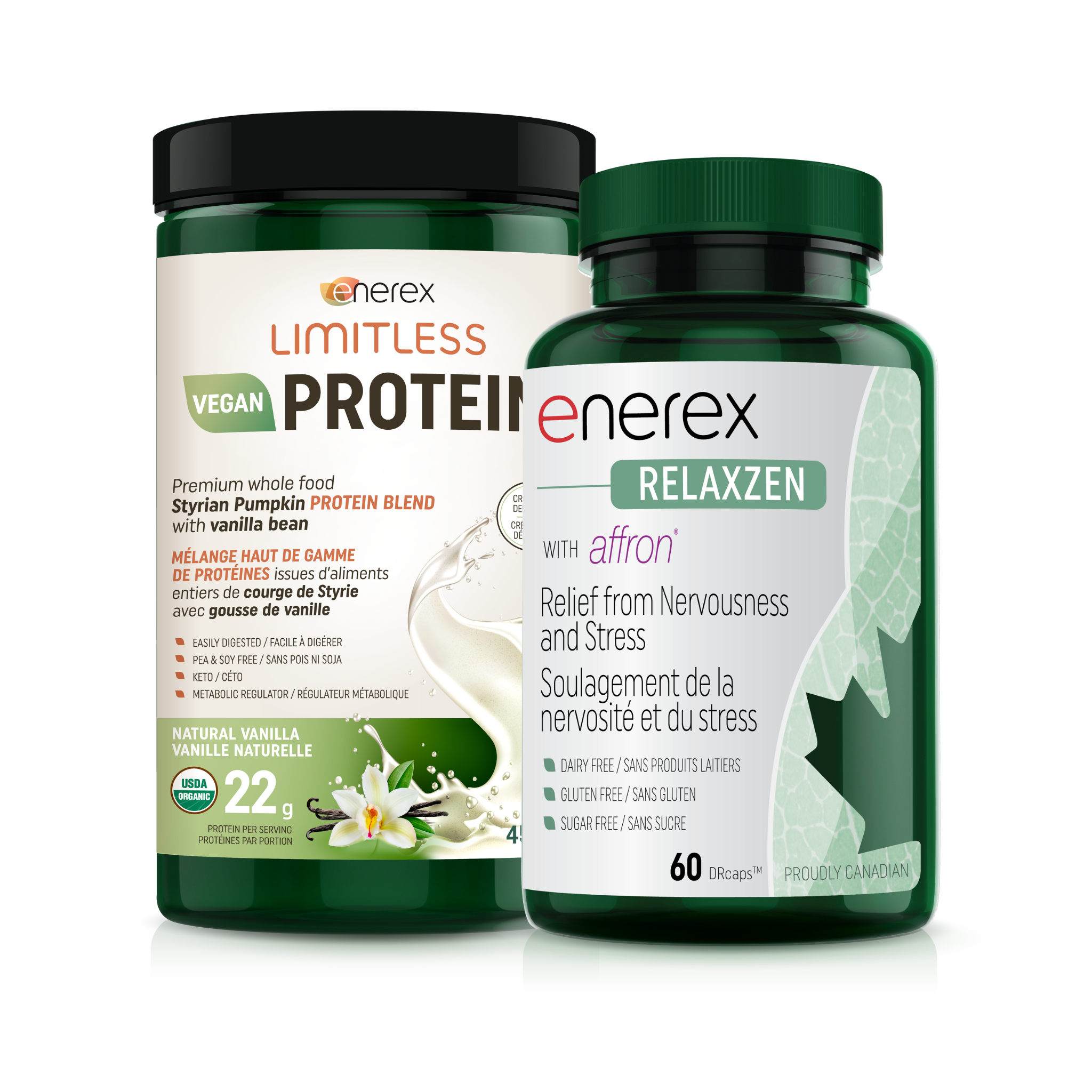
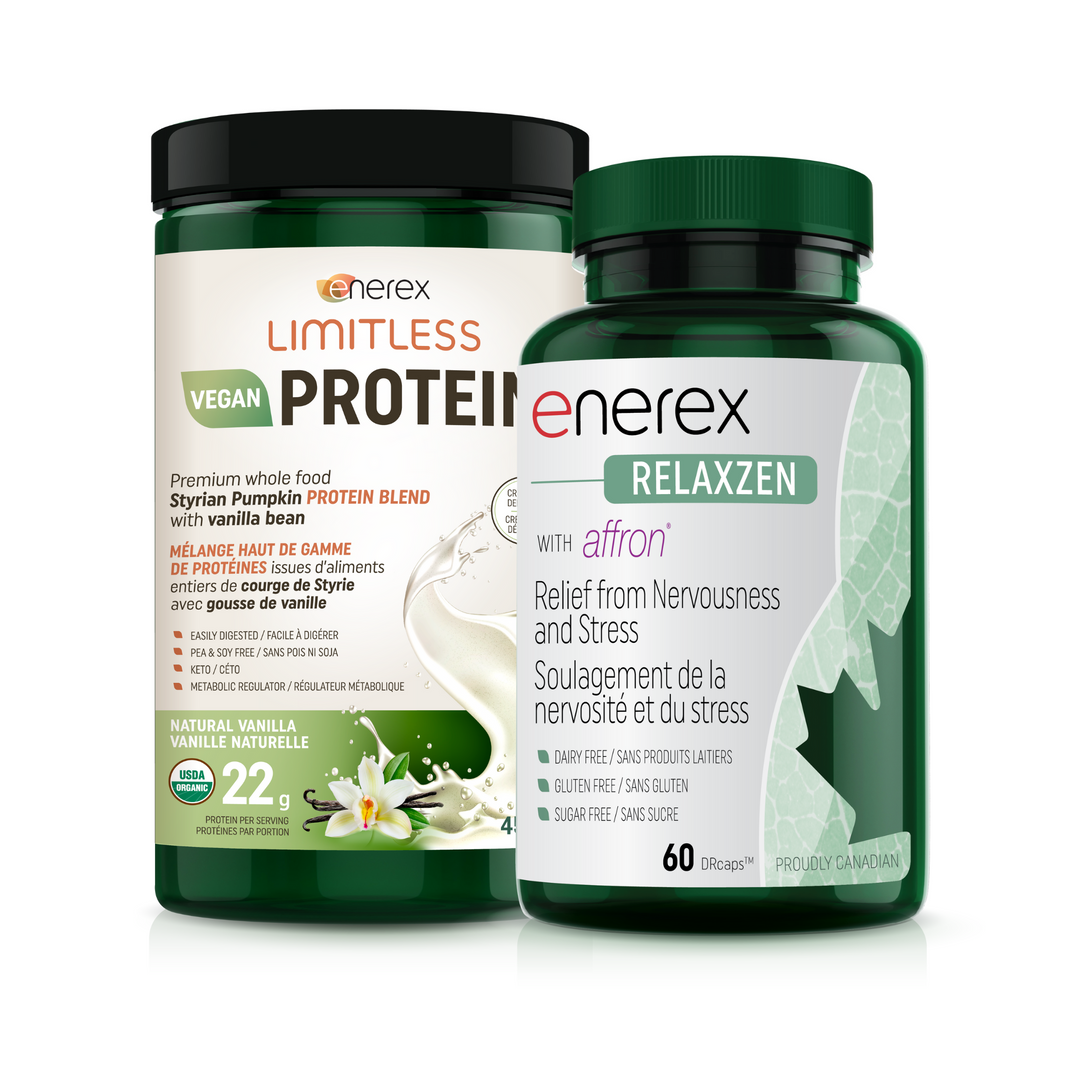
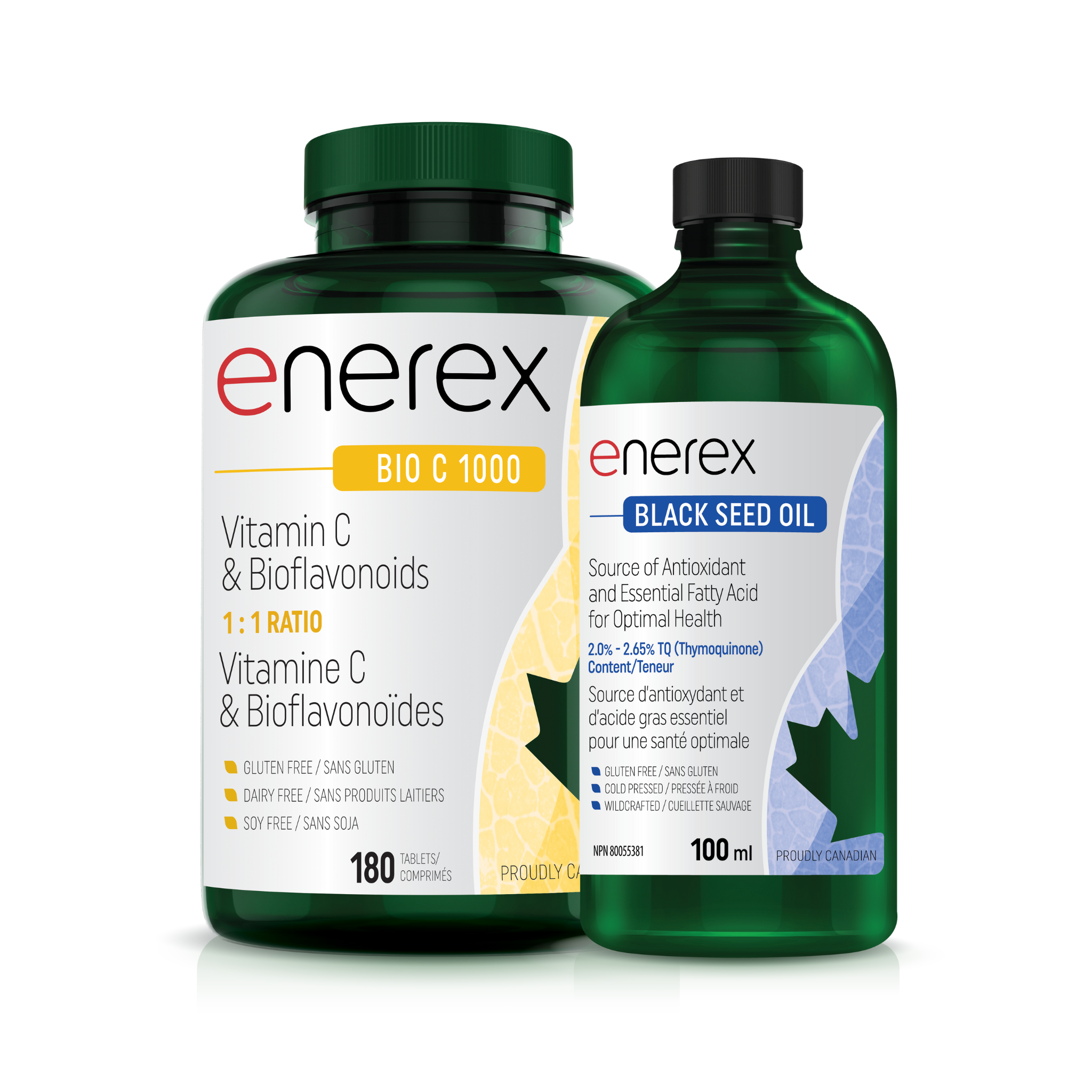
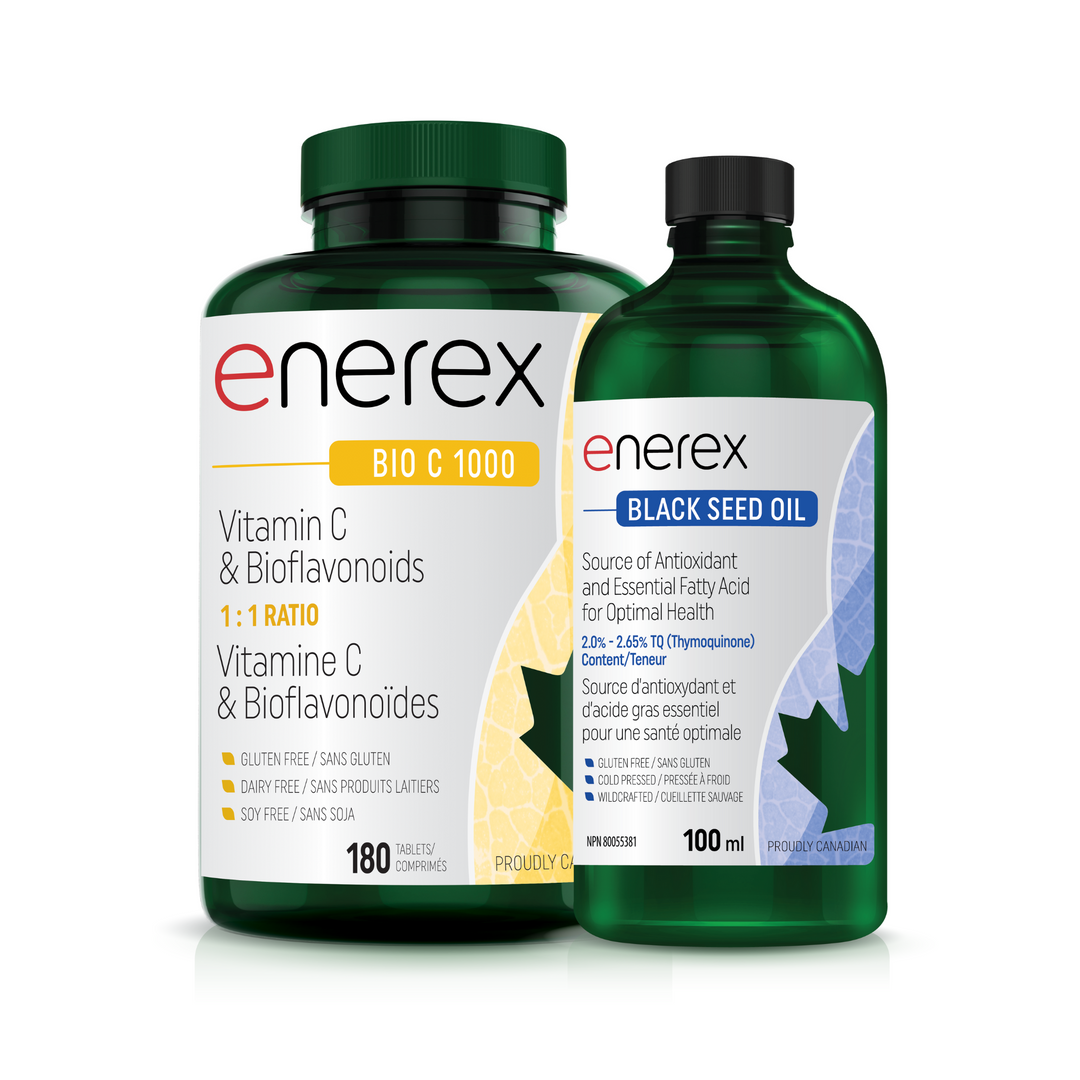
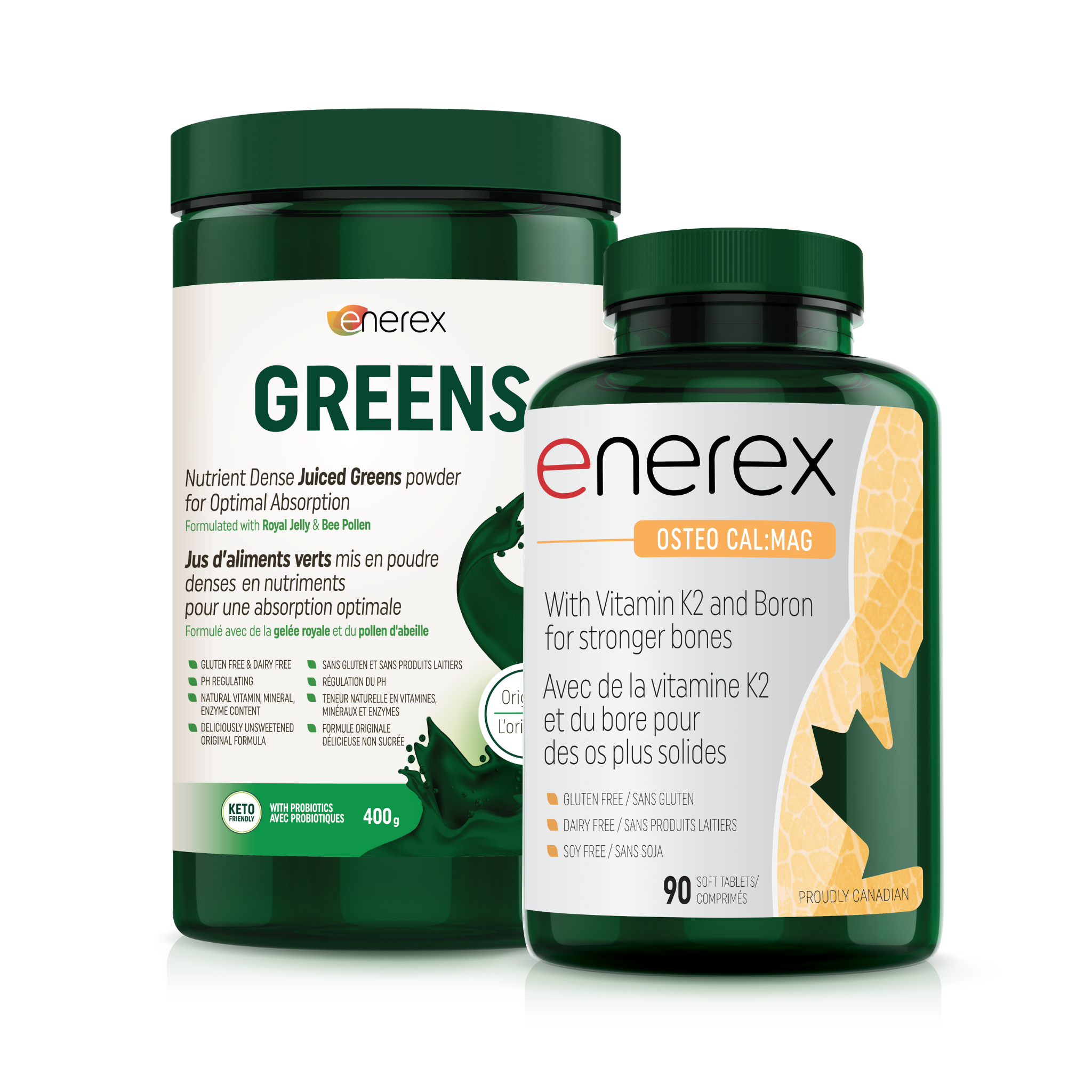
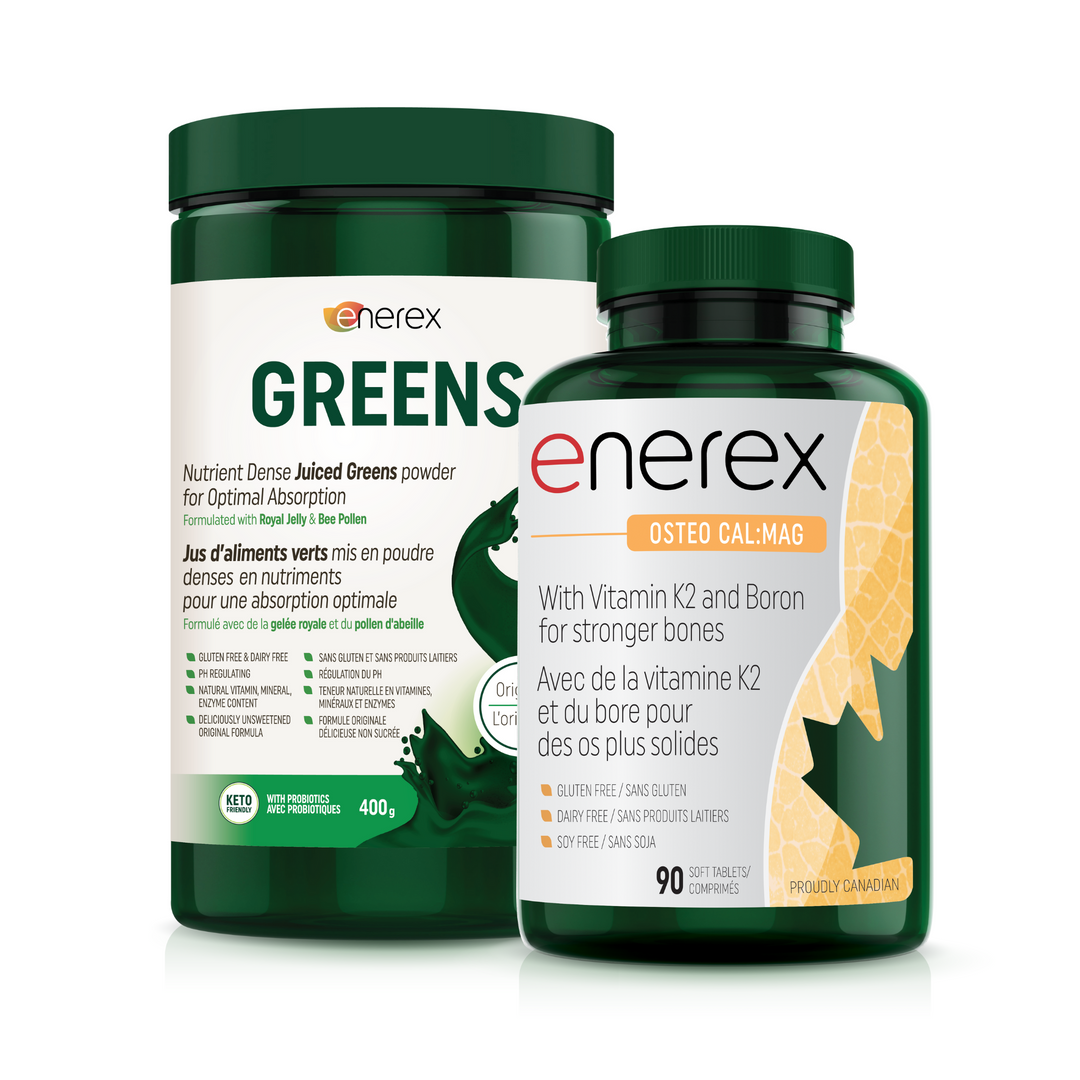
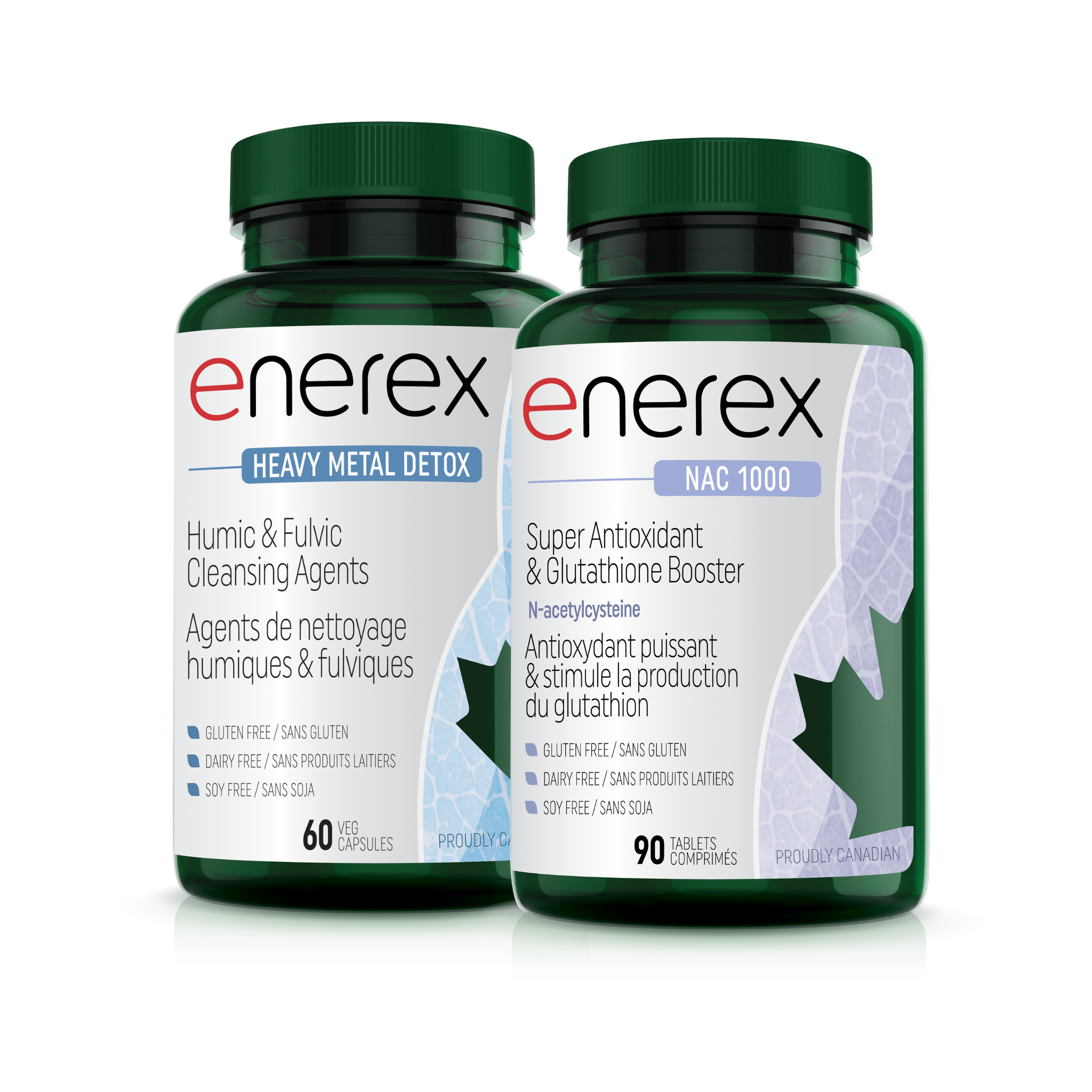
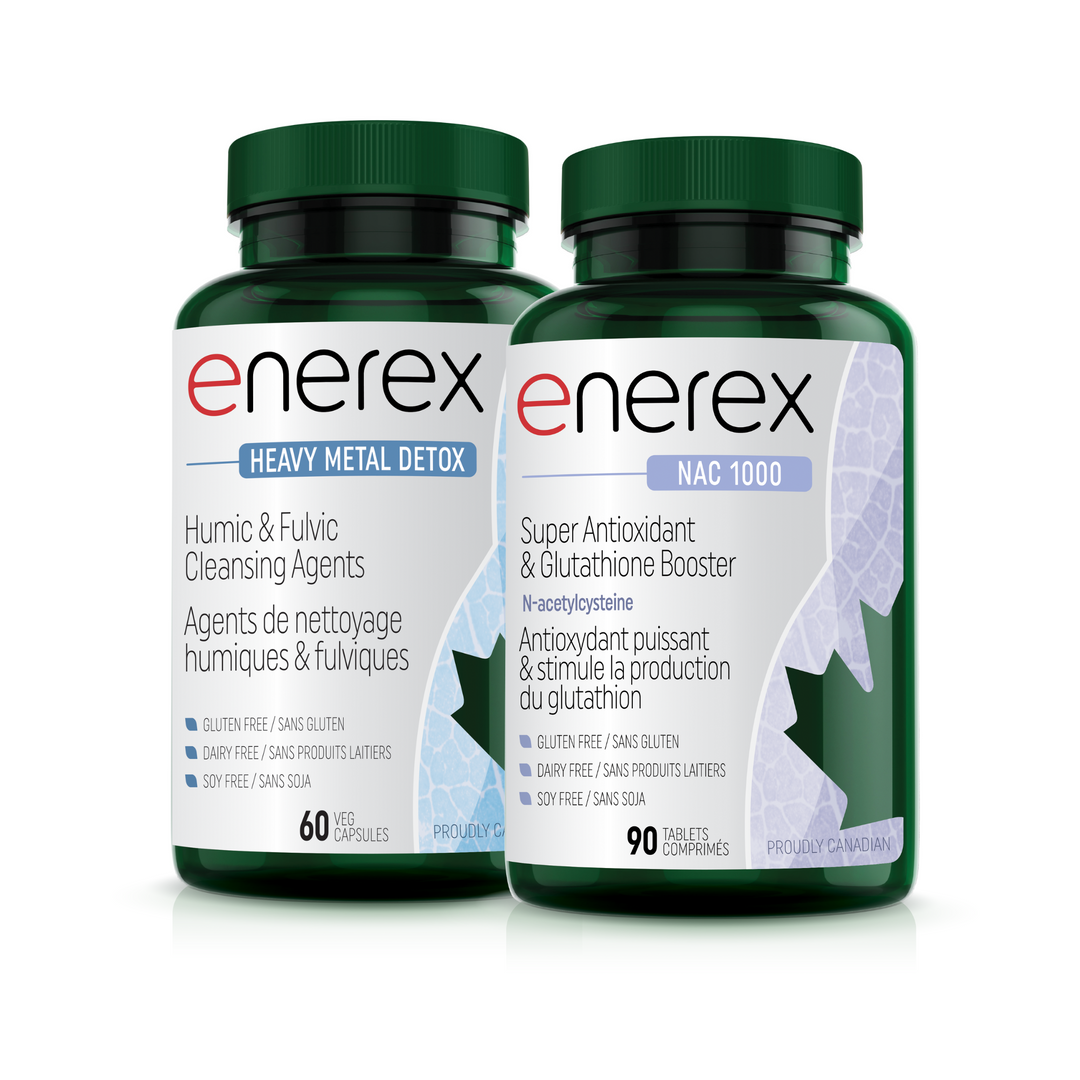
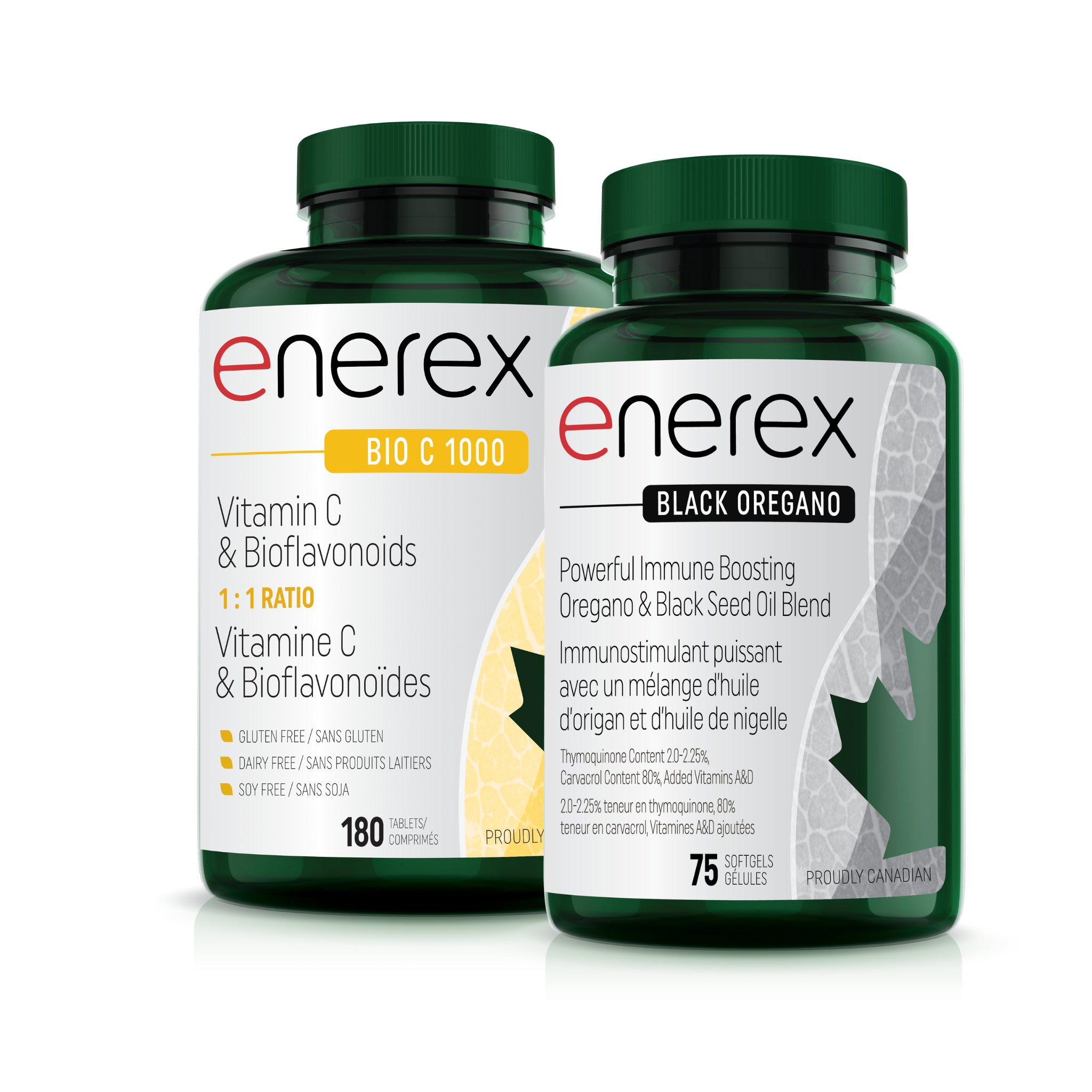
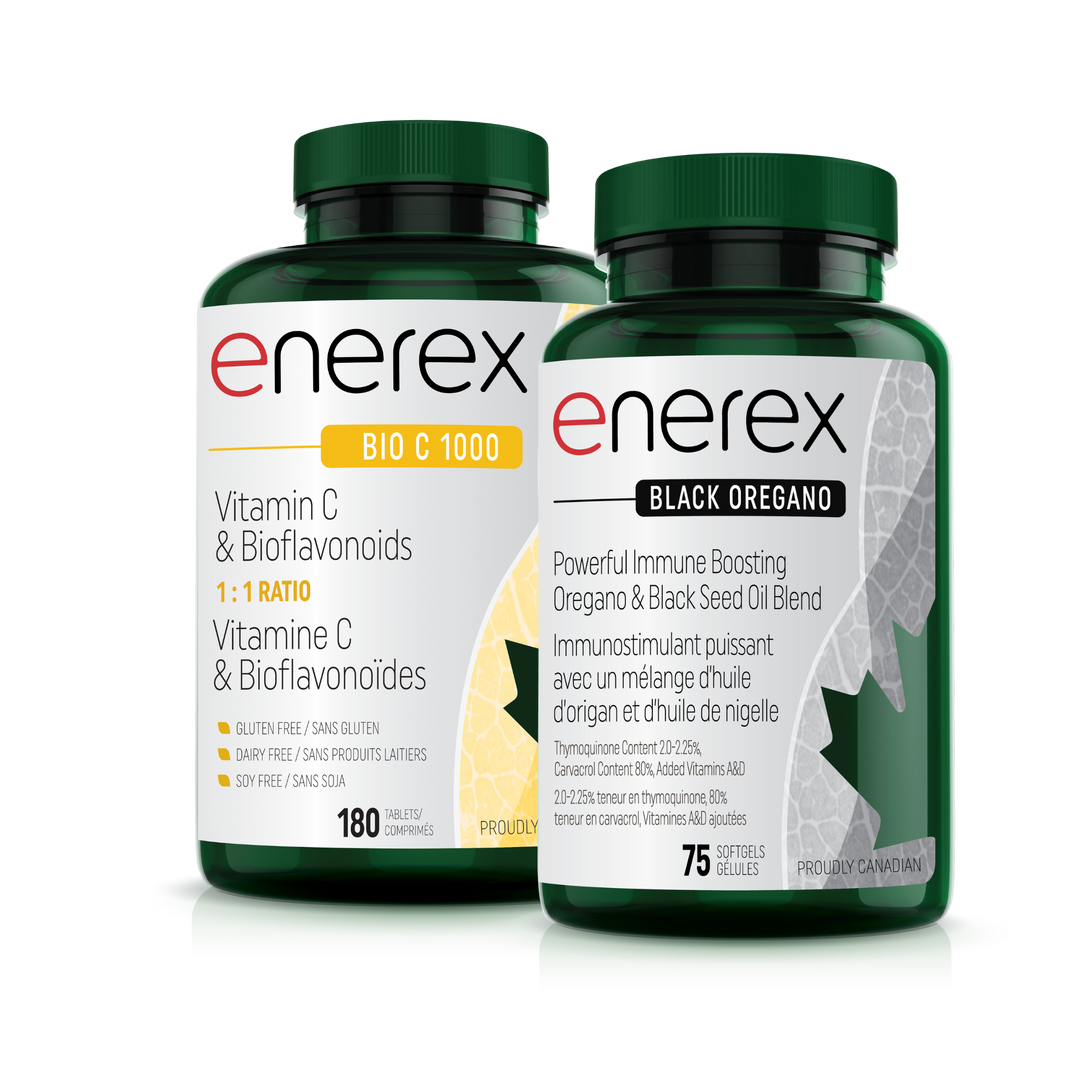
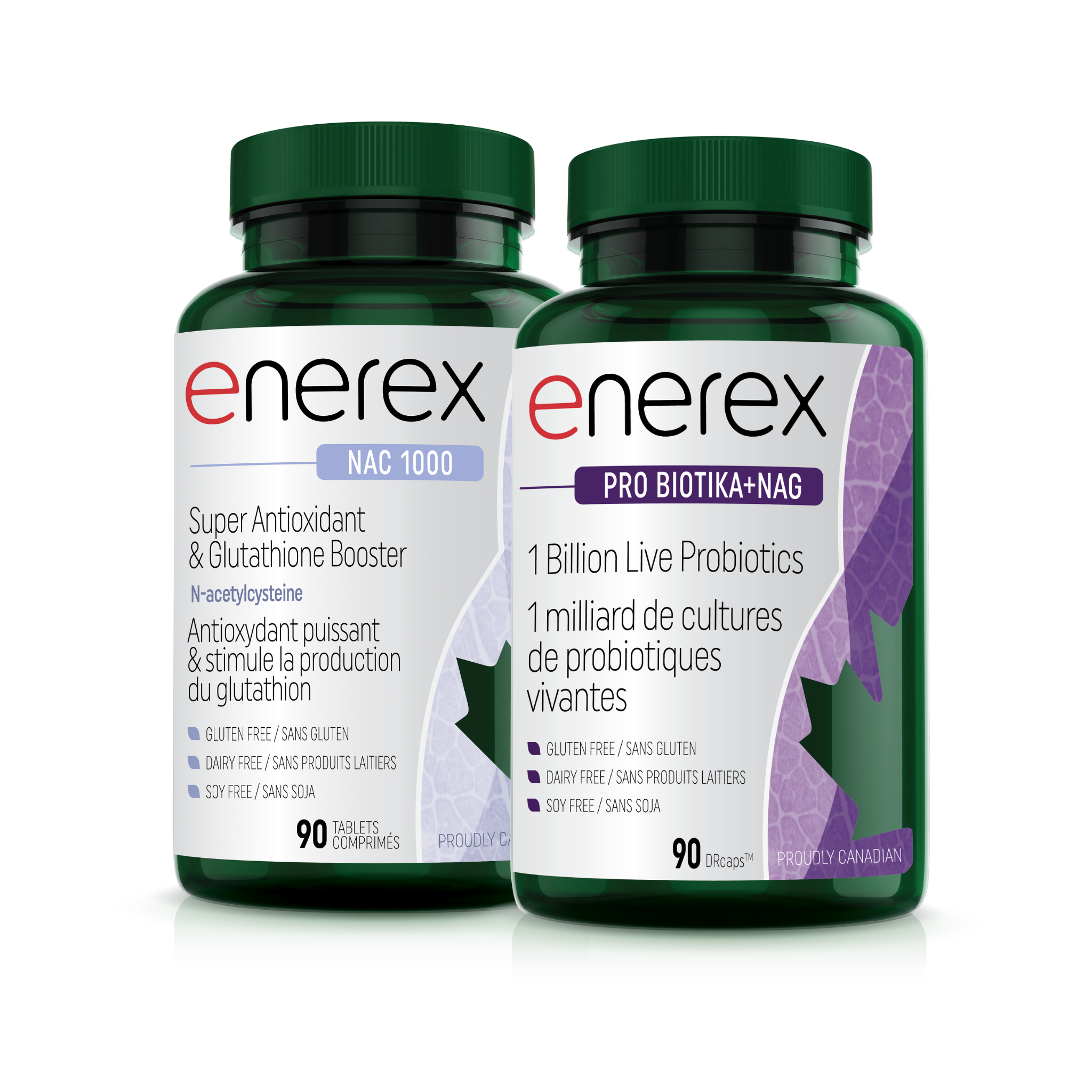
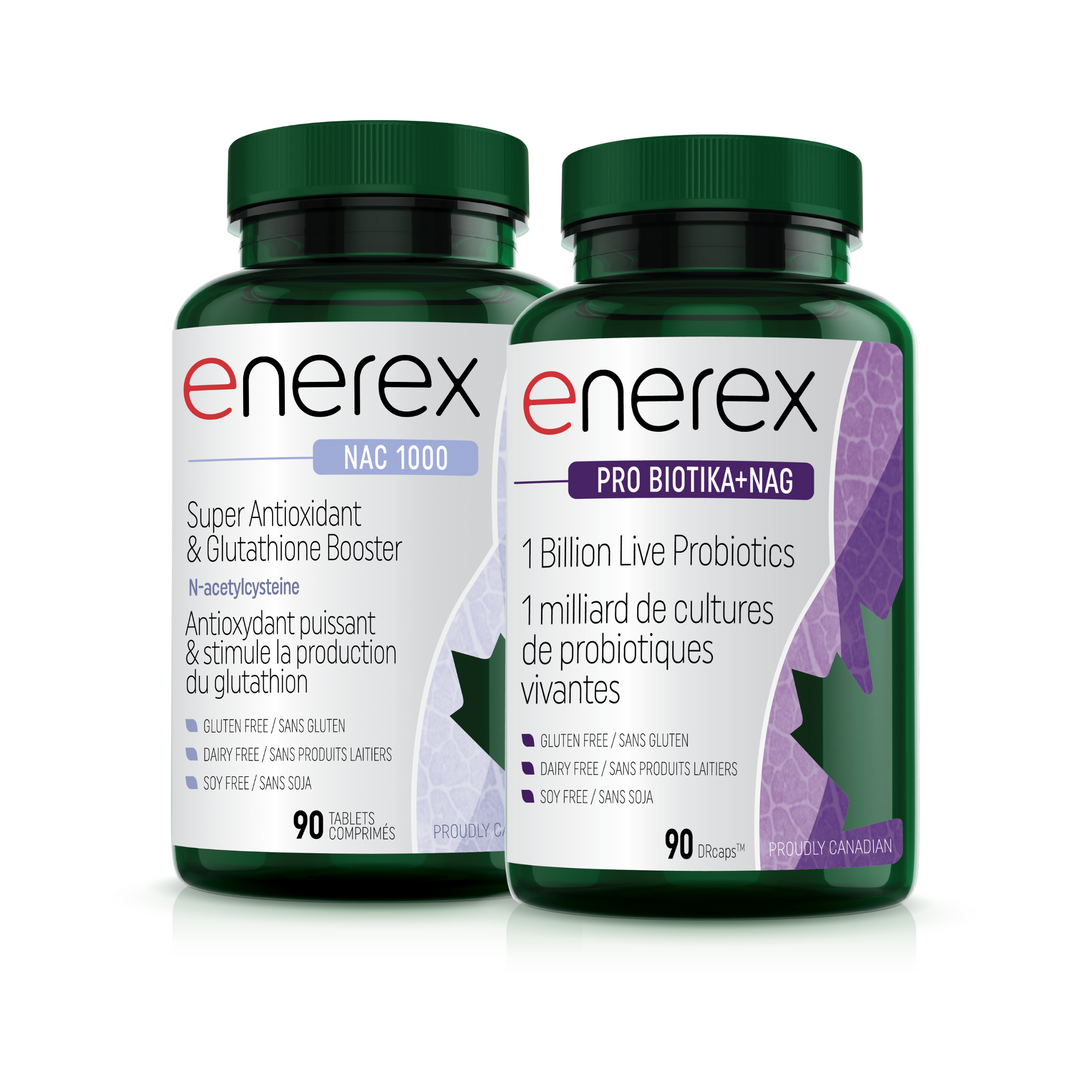
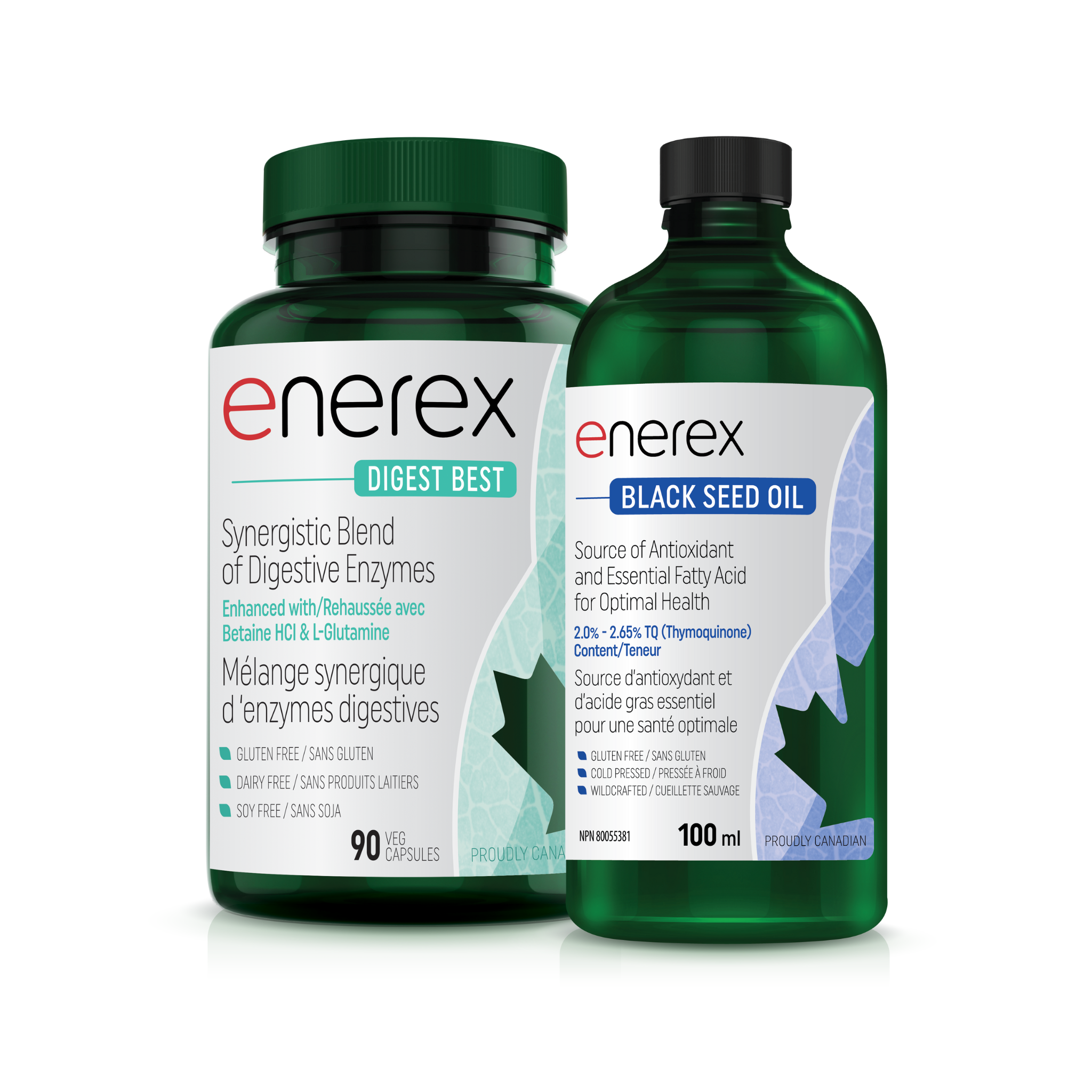
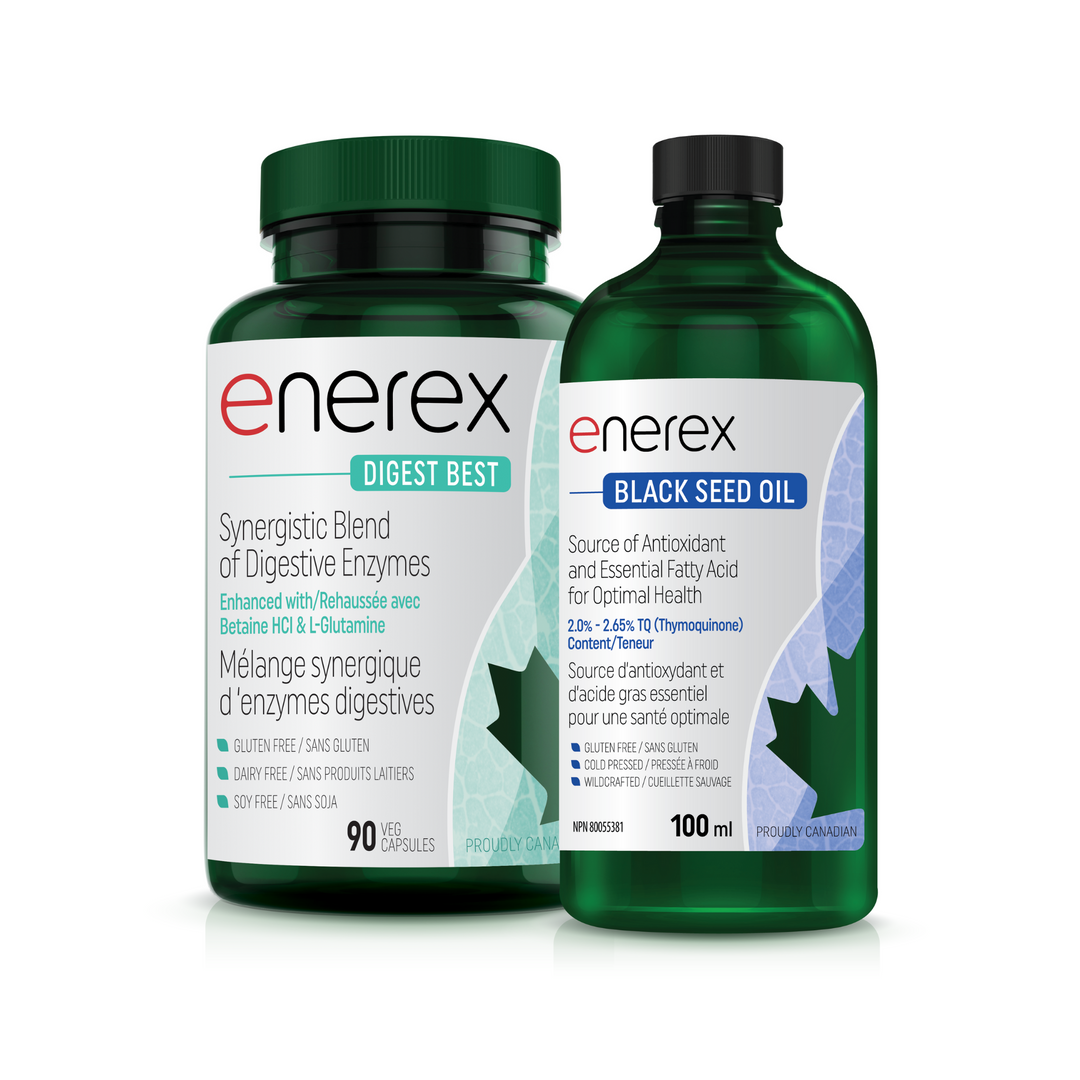
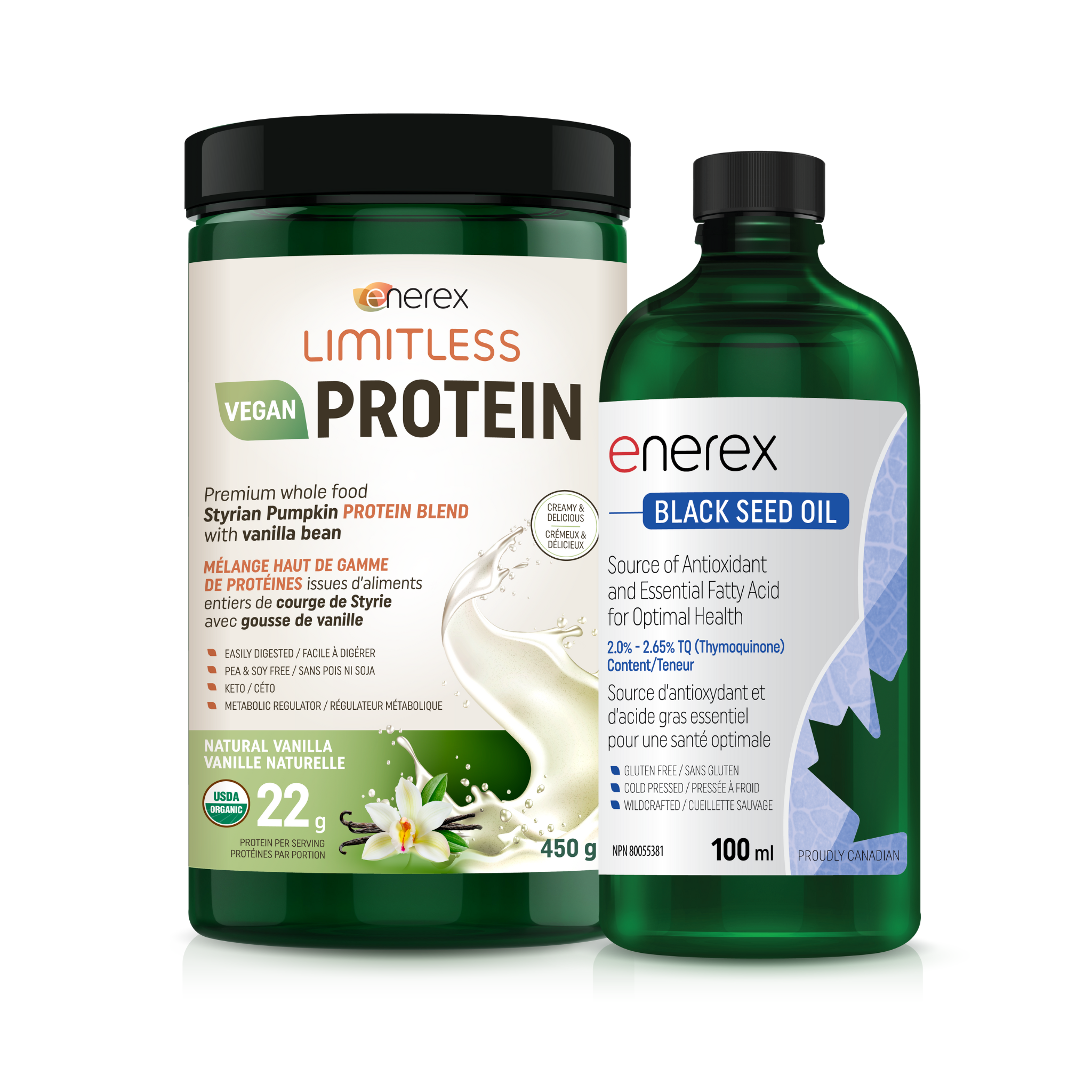
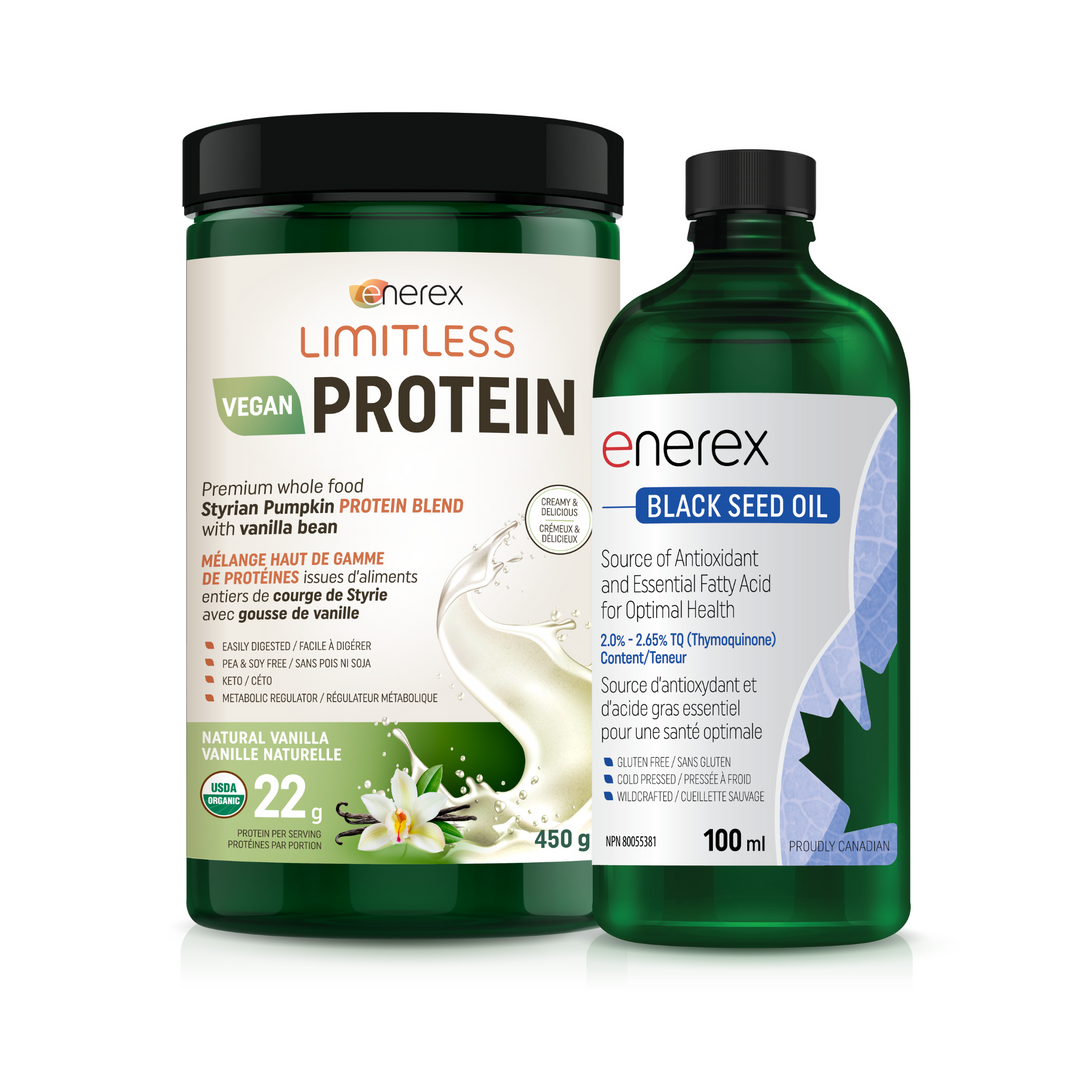
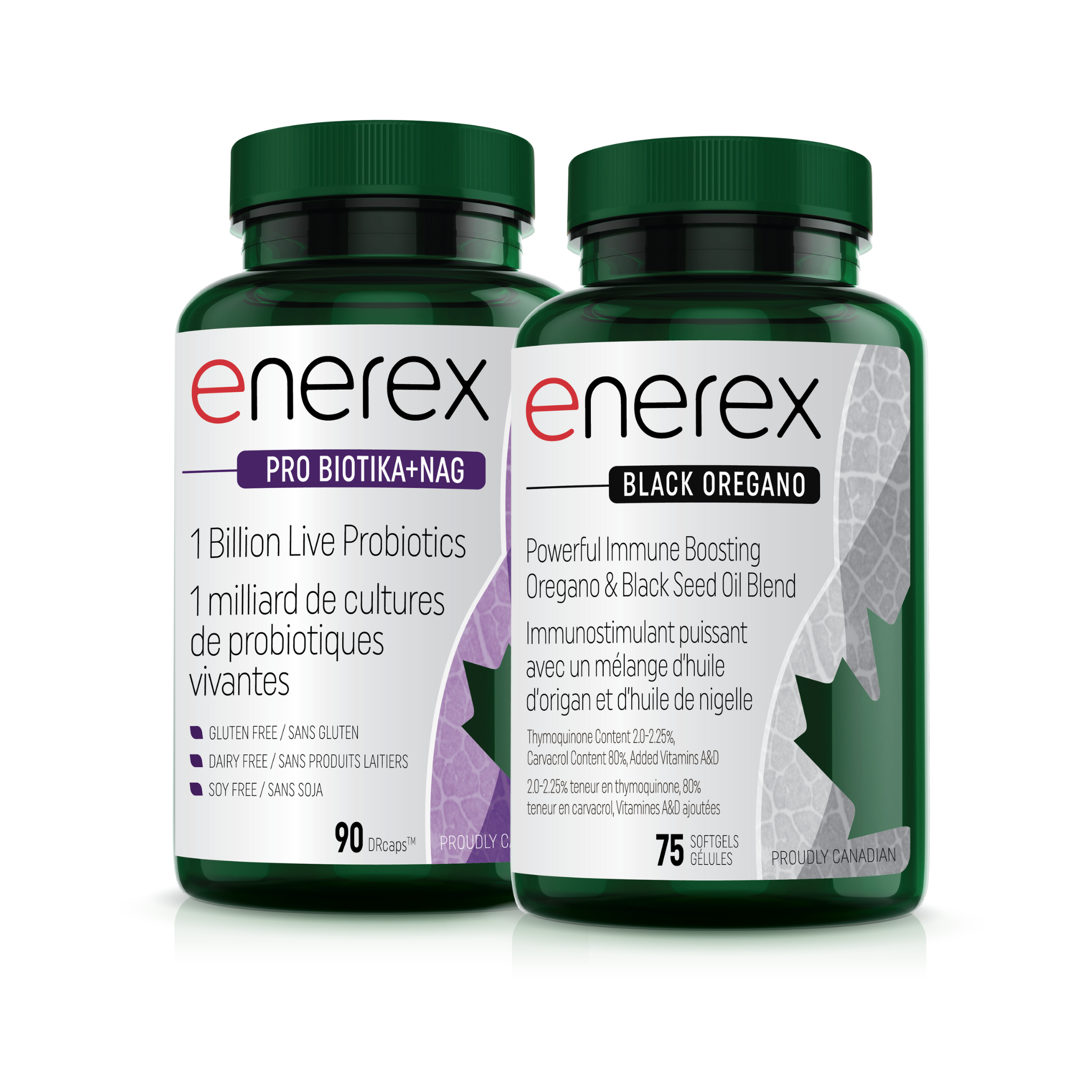
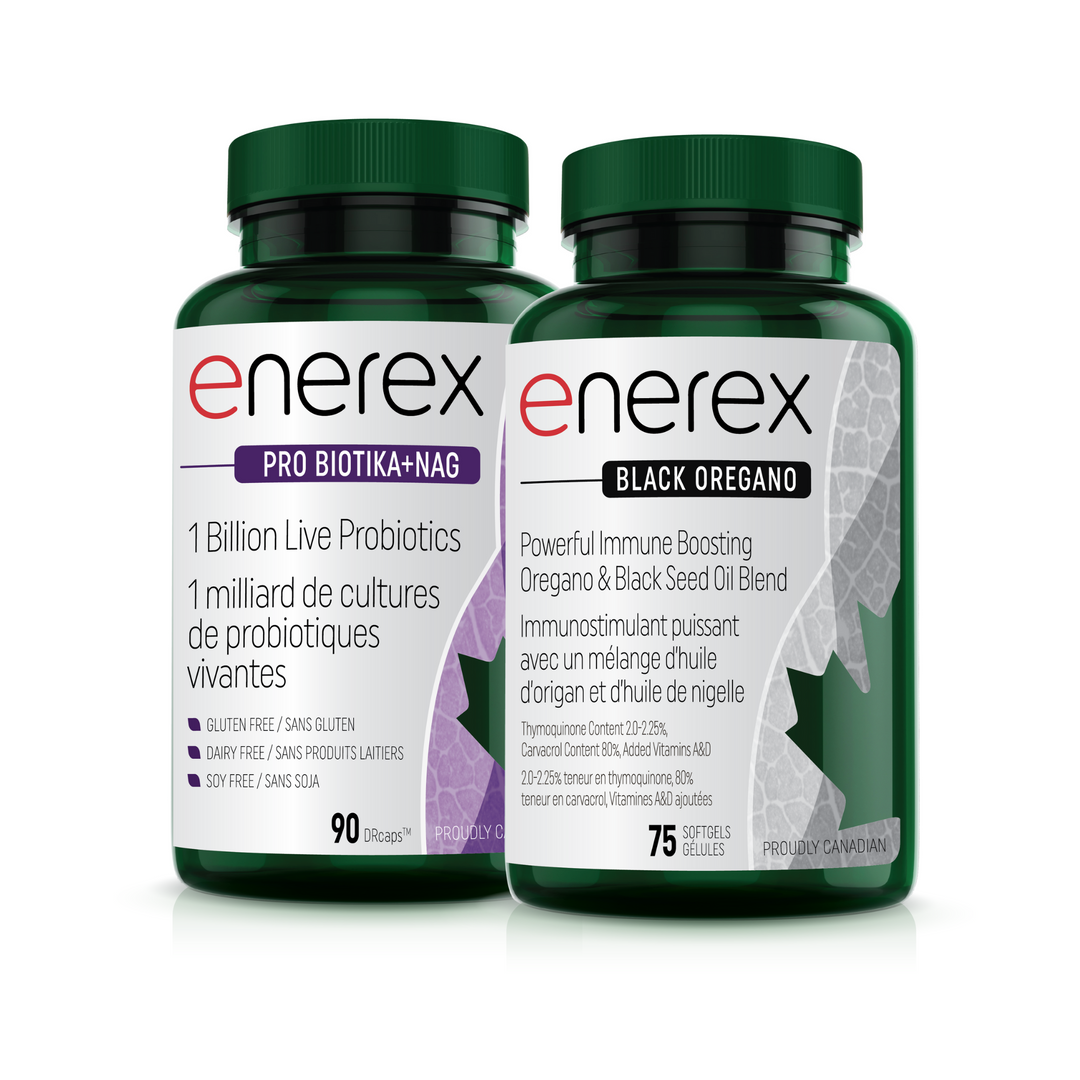
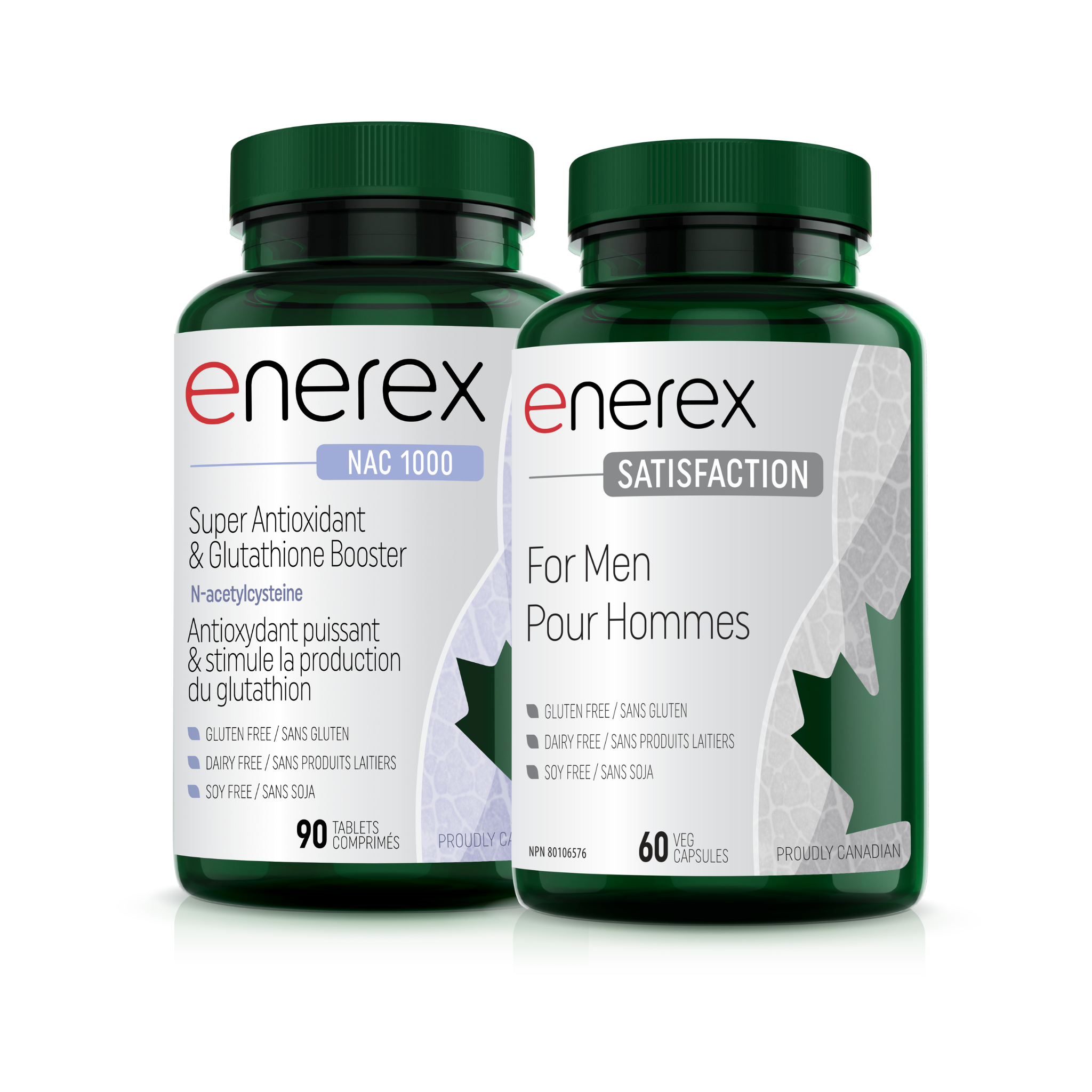
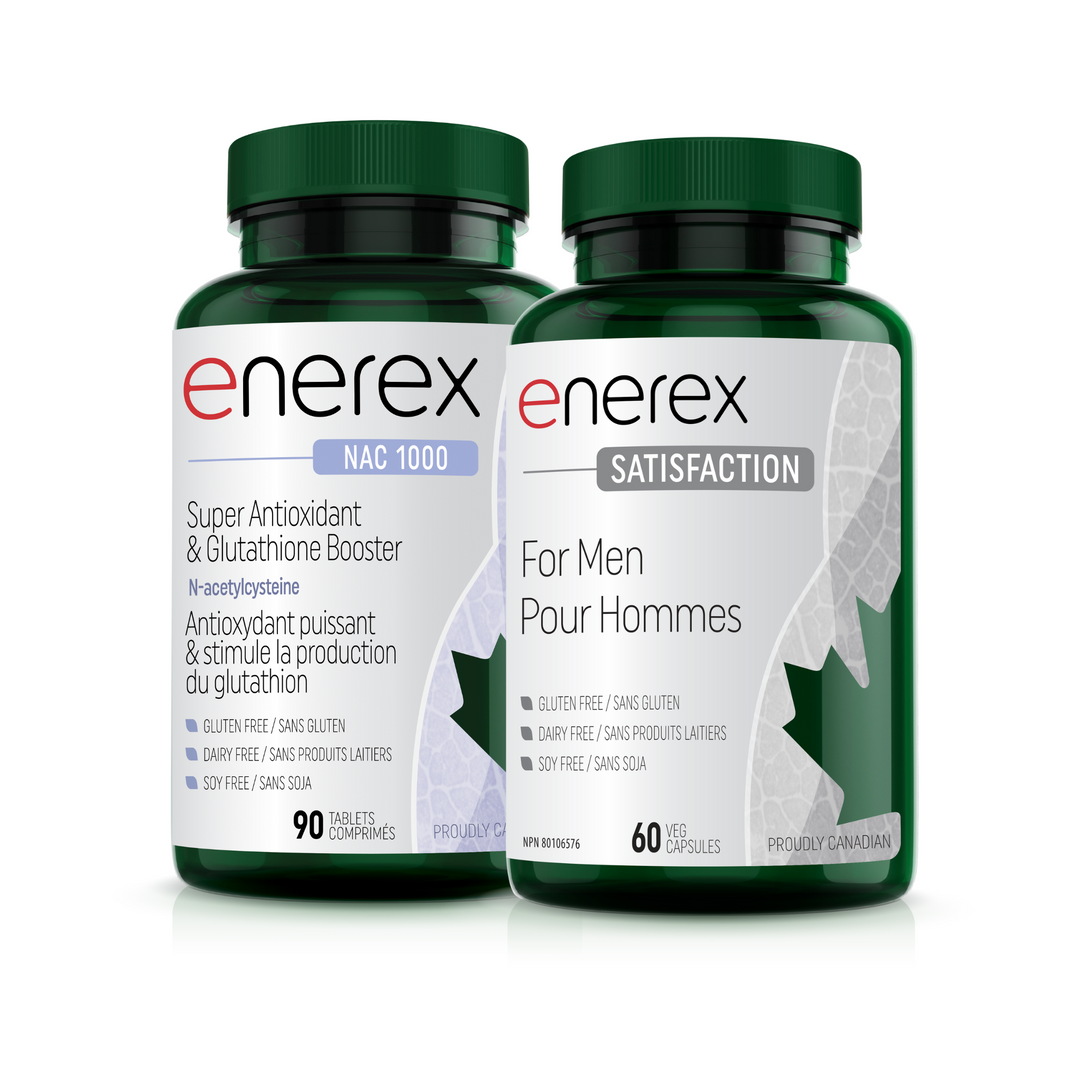
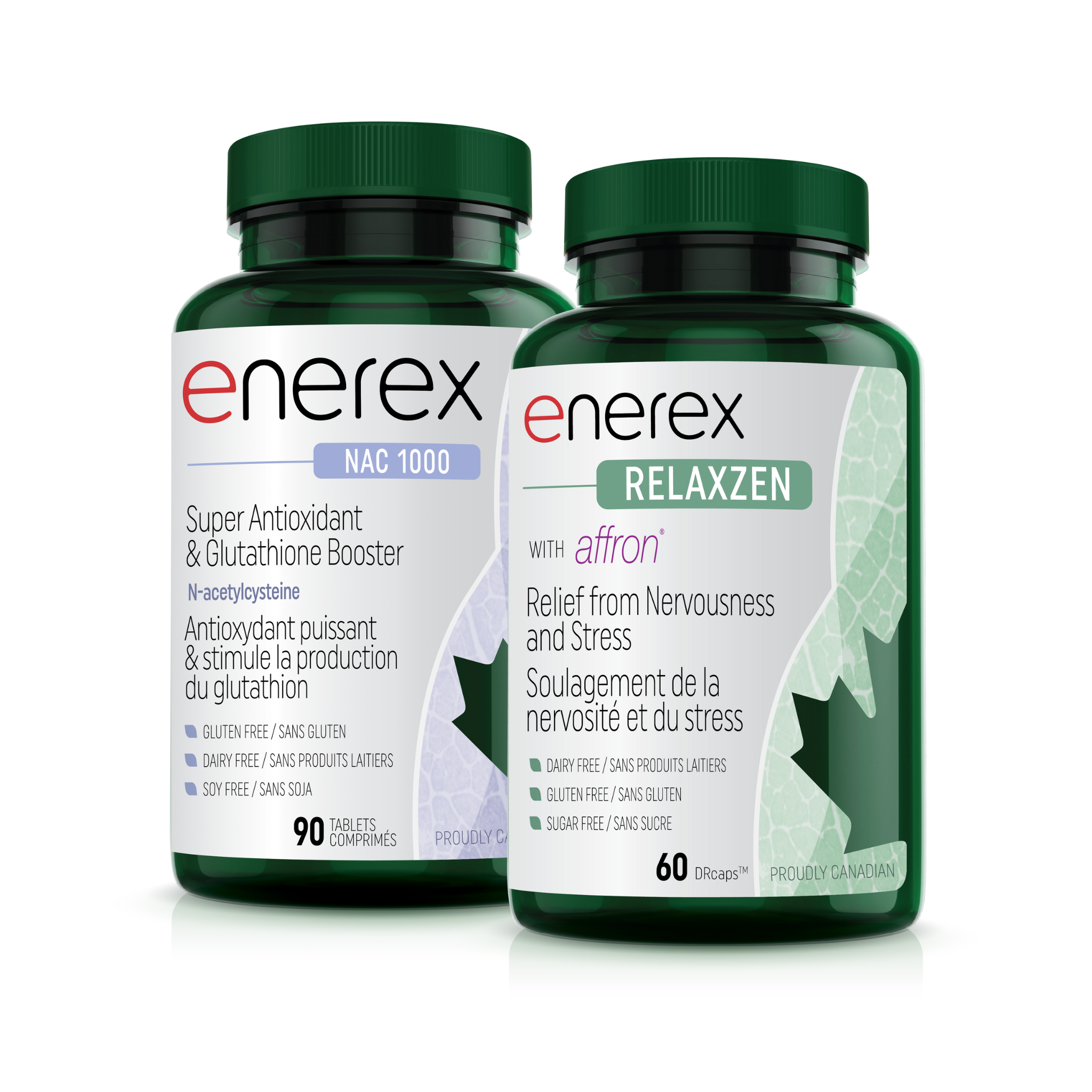
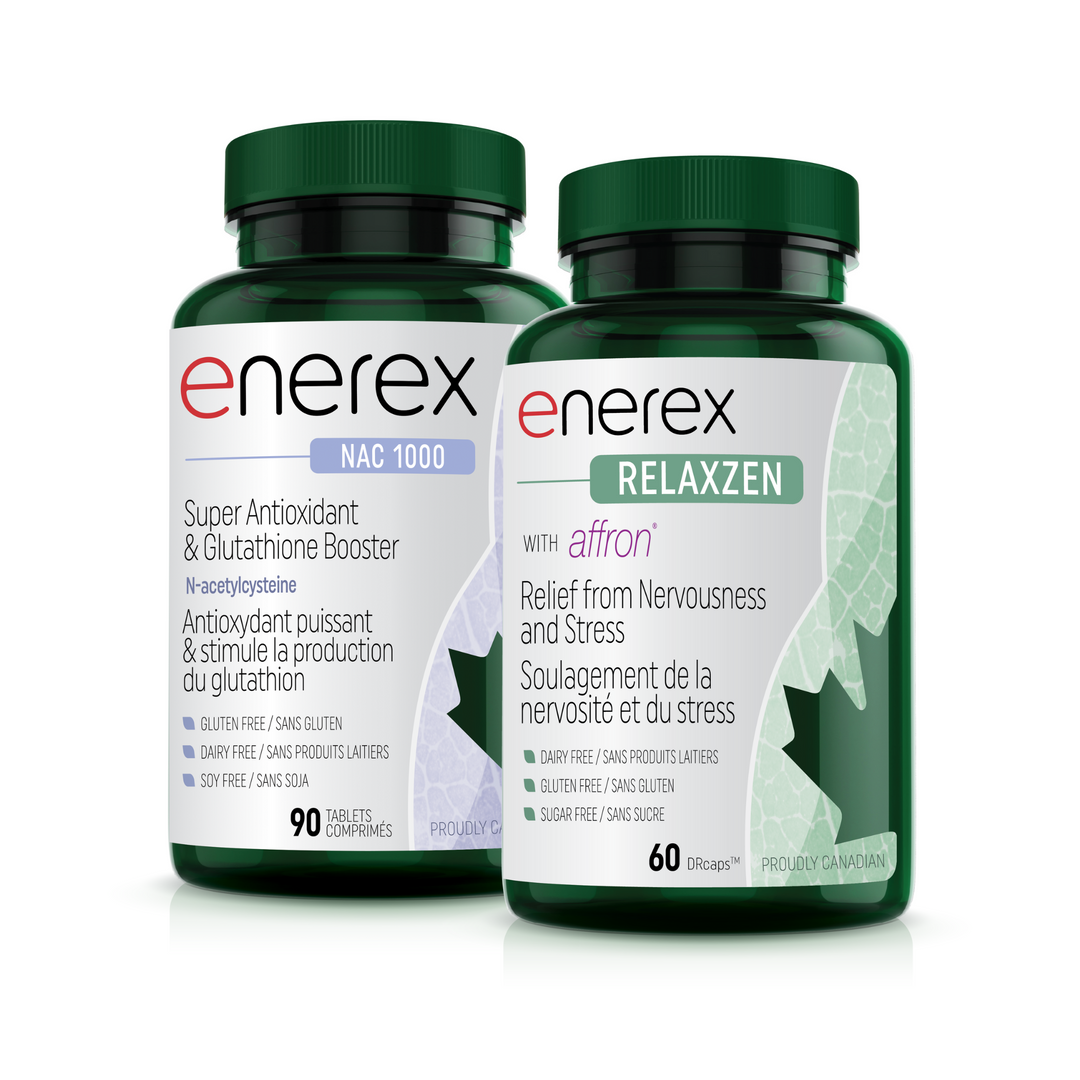

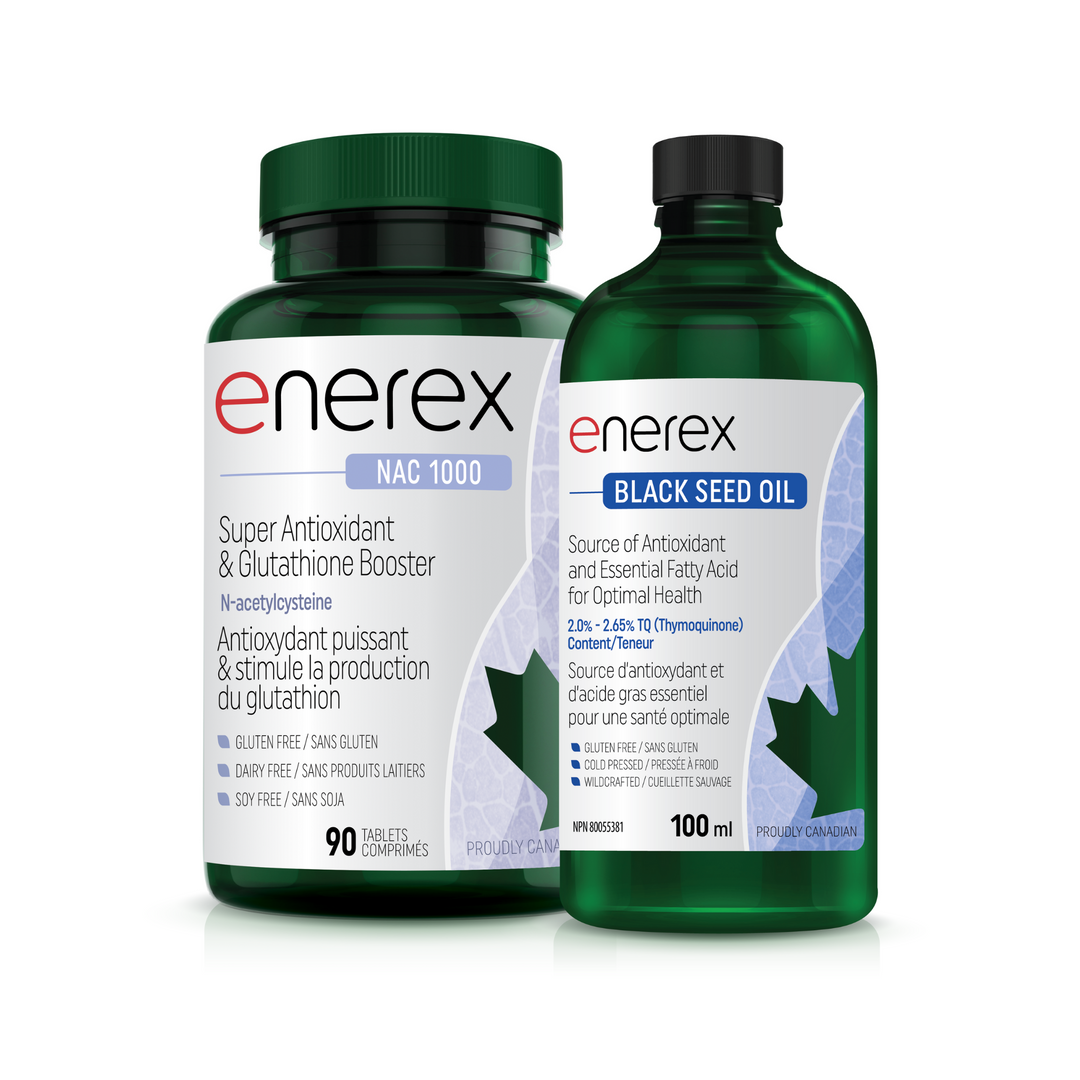
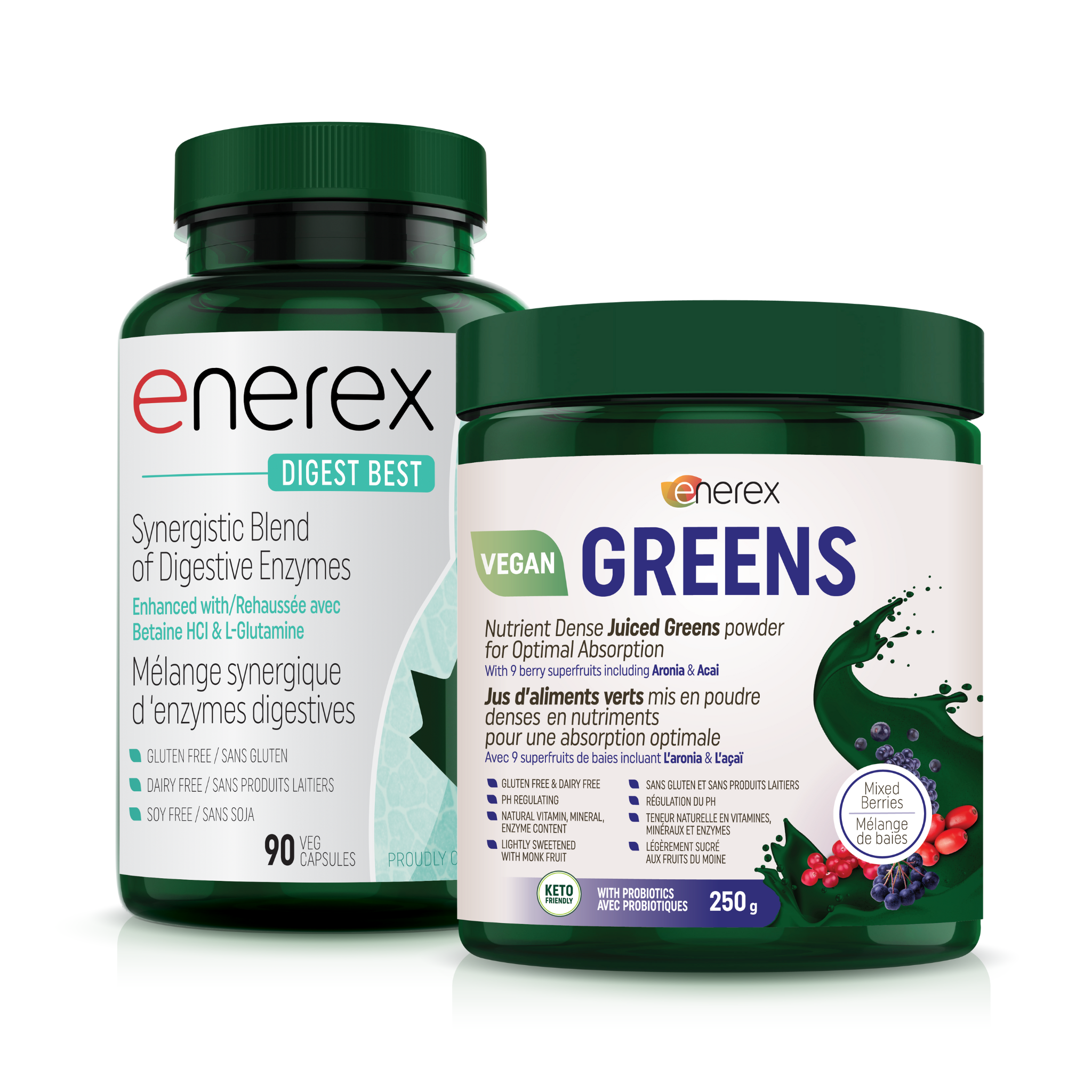
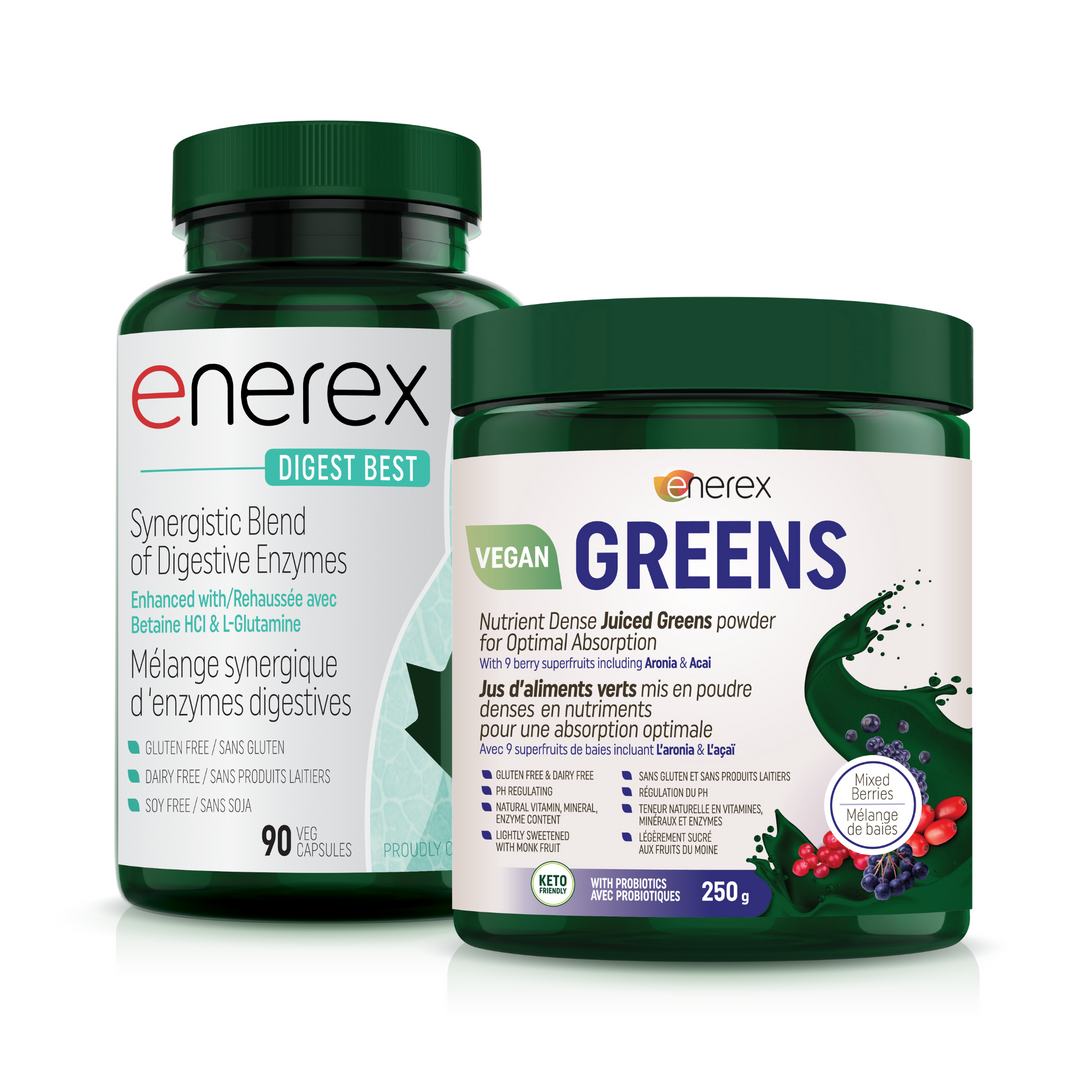
Leave a comment